As any aspiring actor knows, there’s something about the Australian TV industry and success. It’s been described by some as a training ground for the Hollywood stars of the future and with good reason. Some of the most famous Australian actors and actresses all got their starts in TV-land. In fact, a cursory glance at Hollywood’s top stars right now reads a little like a who’s who of Aussie soaps!
So for any would-be actor with dreams of hitting the big time, breaking into the Australian TV industry is a great first step in their career. But as you can imagine, saying you’re going to work in Aussie TV and actually doing it are two completely different things. The competition in the TV industry right now is fierce to say the least and you will find yourself up against some of the most talented young (and mature) actors in the industry.
Luckily for you, the team here at Hunter Talent has quite a lot of experience helping both aspiring and accomplished actors land roles on Australian TV. And to help you out, we’ve decided to create this ultimate guide to working in the Australian TV industry.
From working on building up your experience to acing those auditions, here’s everything you need to know to launch a successful career in Aussie TV.
Start with the basics
And by basics we mean acting lessons or to be more precise, TV and film acting lessons. No matter how great you may have been in your high school musical career, acting on TV and film is a very different ball game to acting on stage. In TV acting, the camera captures every subtle movement and expression, and actors need to adjust their performance to suit the camera angles and shots. Close-ups, medium shots, and wide shots are used to convey emotions and tell a story, and actors need to be aware of the camera’s position and movement at all times. On top of all that, TV acting often involves multiple takes and filming out of sequence, requiring actors to maintain consistency in their performances regardless of when they film.
So with this in mind, you really should be thinking about starting some acting lessons.
Ideally, you’ll want to work with an acting coach who has experience with actors working on TV or better yet, a coach who has done some acting of their own on TV. It might not be quite so easy finding the latter, but the former should be no problem at all.
If you’re interested in TV work, then the chances are that you’re looking to land a role on one of Australia’s many successful soaps especially if you want to follow in the footsteps of the likes of Chris Hemsworth. There are some acting schools and coaches that will specialise in acting for soaps and it might be a good idea to start honing your skills in one of those classes.
Aside from the obvious acting lessons have more benefits than you might think:
- Improve Communication Skills: Acting lessons teach you how to use your voice and body language effectively to convey emotions and communicate with others. This skill can be a serious benefit in many areas of life, not just acting!
- Unlock Creativity: Acting requires imagination and creativity, and acting lessons help you tap into your creative side, allowing you to think outside the box and approach problems in new ways.
- Confidence Building: Acting lessons can help you build confidence and self-esteem, as you learn to express yourself more freely and overcome stage fright and performance anxiety.
- Better Memory and Focus: Acting involves memorising lines, blocking, and stage movements, which can improve your memory and focus skills.
- Networking Opportunities: Acting classes and workshops provide opportunities to connect with other actors, directors, and industry professionals. This could lead to future career opportunities. You never know when a connection might come in handy, right?
Aim to have at least a few months worth of acting lessons under your belt before you go for your first audition. Of course, this isn’t essential, but it’s highly unlikely that an actor with no experience or acting lessons will receive a callback after their first audition. So give yourself the best chance possible and get on those acting lessons as soon as possible.
And speaking of experience…
Build your experience
‘But how do I get experience in acting when I have no experience?’ — This is a question that we’re often asked when we advise aspiring actors to go out there and get some experience for their portfolio. And to be honest, it’s a very good question because who will give you a role if you’ve never even stood in front of a camera before?
The truth is that there are tons of people out there who will do just that. There are so many legit opportunities to help you hone your acting skills and pad out that portfolio and all it takes is a little extra effort on your part.
For example you could:
Join a drama club – Amateur drama clubs are the perfect environment for learning how to work with others, memorise scripts, pick up some skills from experienced amateur actors.
Act on the stage – Local theatre groups are always on the lookout for people to star in their shows. Sure, it’s different to on-camera work, but it is still good experience to stick on your resume.
Work on student films – Your nearest film school or university campus will have an endless supply of unpaid acting opportunities where you can help students with their film projects. The great thing about this type of work is that you will have at least one or two clips from the project that you can drop in your acting portfolio.
Audition for commercials – TV commercials aren’t as taxing as TV show work but they represent possibly the best opportunity you will have to get your face out there and build a reputation for yourself. Experience working on a TV commercial shoot is worth its weight in gold as the casting director will know that, at the very least, you know how to take direction and act on camera.
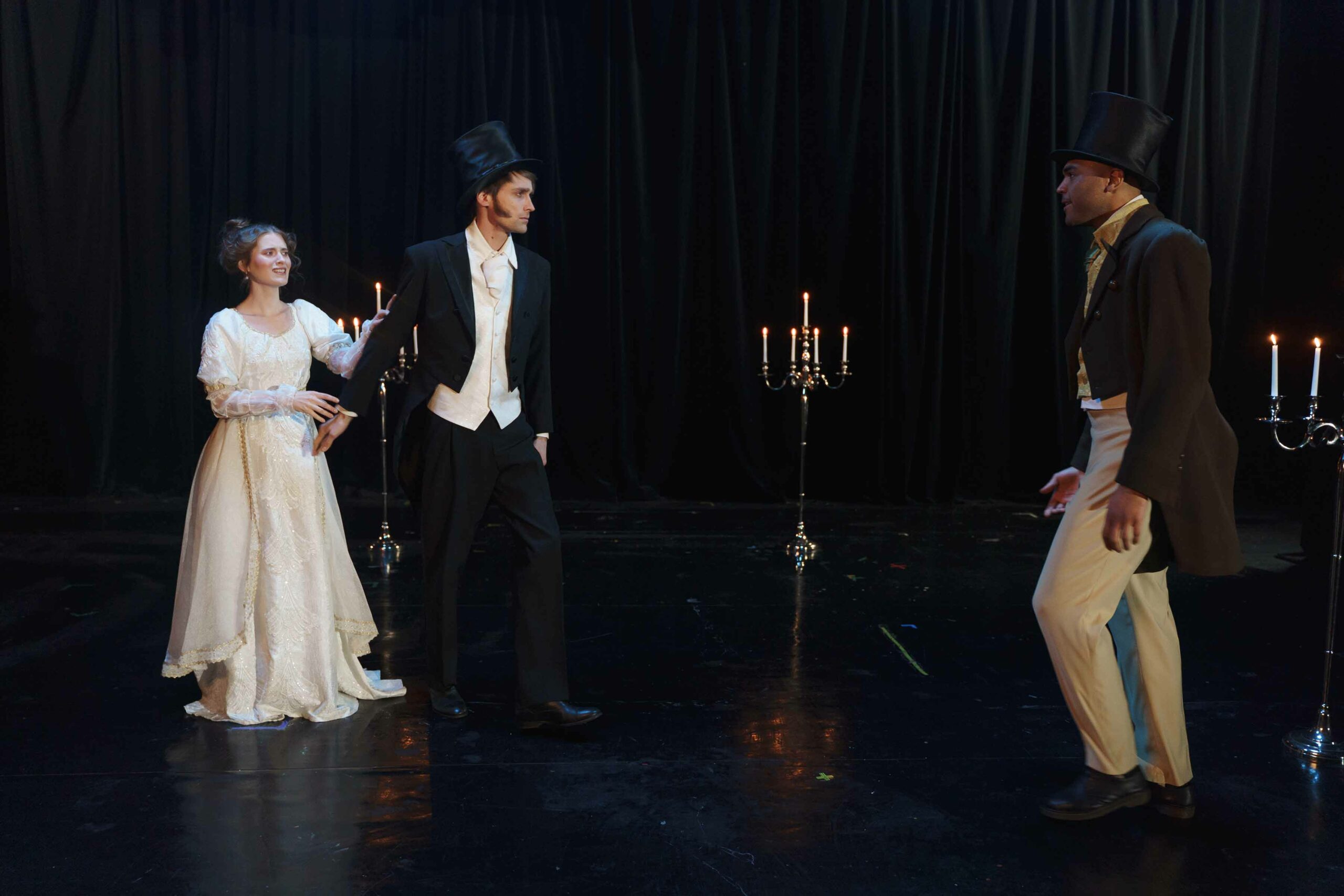
Get professional headshots
Basic industry knowledge 101 here but we’ll go ahead and point it out anyway — your headshots are a hugely important aspect of your portfolio as they are your chance to make that all important first impression. That’s why they have to be taken by a professional photographer. No home-taken photos or edited smartphone selfies. Your headshots must be shot in a professionally lighted studio and retouched by someone who knows what they are doing.
Casting directors want to see what you look like in studio conditions and that’s what they’ll expect from your headshots. So don’t disappoint them.
Your photographer should have headshot experience so they can give you advice on which angles work best for your features and what shots are essential for your portfolio. It may cost you a little more to get them done properly, but trust us, this is an investment in your career that you don’t want to scrimp on. Remember, a first impression can never be repeated so make yours a good one.

Sign with the right acting agency
So it’s at this point that we tell you that there is no other acting agency in Australia that remotely compares to Hunter Talent, right? Well, not quite. As much as we’d like to tell that, the truth is that every actor is different and each has their own specific needs and goals. This means that not every acting agency is suited to every actor.
What we actually recommend is that you do a little research and check out a few options that are local to you. If that means checking out five or six acting agencies in Melbourne, then so be it. Trust us, this is one of the most important decisions you can make at this stage of your career so it’s super important to take your time and make the choice that is right for you.
Speak with any agencies you are interested in joining and tell them about your goals. Ask what they can do to help you achieve your goals and you’ll get a feeling from the way they answer. This gut feeling is not to be ignored because remember, this agency is going to represent you for quite some time.
It’s also a good idea to see what kind of experience the agency has and their success stories. You should be able to find this on their website or social media profiles. If not, then just go ahead and ask.
The agency must have a solid network of industry contacts and experience working with some well-known production companies or casting directors. This is extremely important as many casting directors will come straight to any agency they have a relationship with when in search of new talent. This means that many of the best roles are already cast before any casting calls go public. So in this respect, who you know really does matter.
Remember that any agency that is willing to sign you up without at least talking to you about your career goals is probably not a good fit for you. Those types of acting agencies are only interested in collecting fees and having as many actors on their books as possible. Their goal is to make as much money as possible with the minimum amount of effort. Not ideal in the slightest!
It’s preferable to sign with an agency that is selective about the actors that they work with. This way you know that the agency is going to work hard to promote you and help manage your acting career in the right way.
Take on ALL the TV auditions
Yes, even those ‘I’m never getting that’ type auditions. The idea here is to get yourself as much experience as possible auditioning for TV roles so that you can really perfect your auditioning skills. The other main advantage to doing this is that the more auditions you do, the more confident and at ease you are in front of the camera and casting directors. Even if you try out for 20 roles and don’t get a single one, that’s perfectly fine. It’s all experience and long before you get to audition number 20, you’ll have learned to manage your nerves.
Attending lots of auditions is also another great way to get your name out there. Even if you don’t get offered a role, casting directors will start to remember you once they see you a few times. And once you are capable and relaxed in your audition, they’ll remember you for the right reasons. Bear in mind that the reason you may not land a role could be because you’re not quite the right fit, but if a casting director likes you, they may remember your name and consider you for a more suitable role at some point in the future.
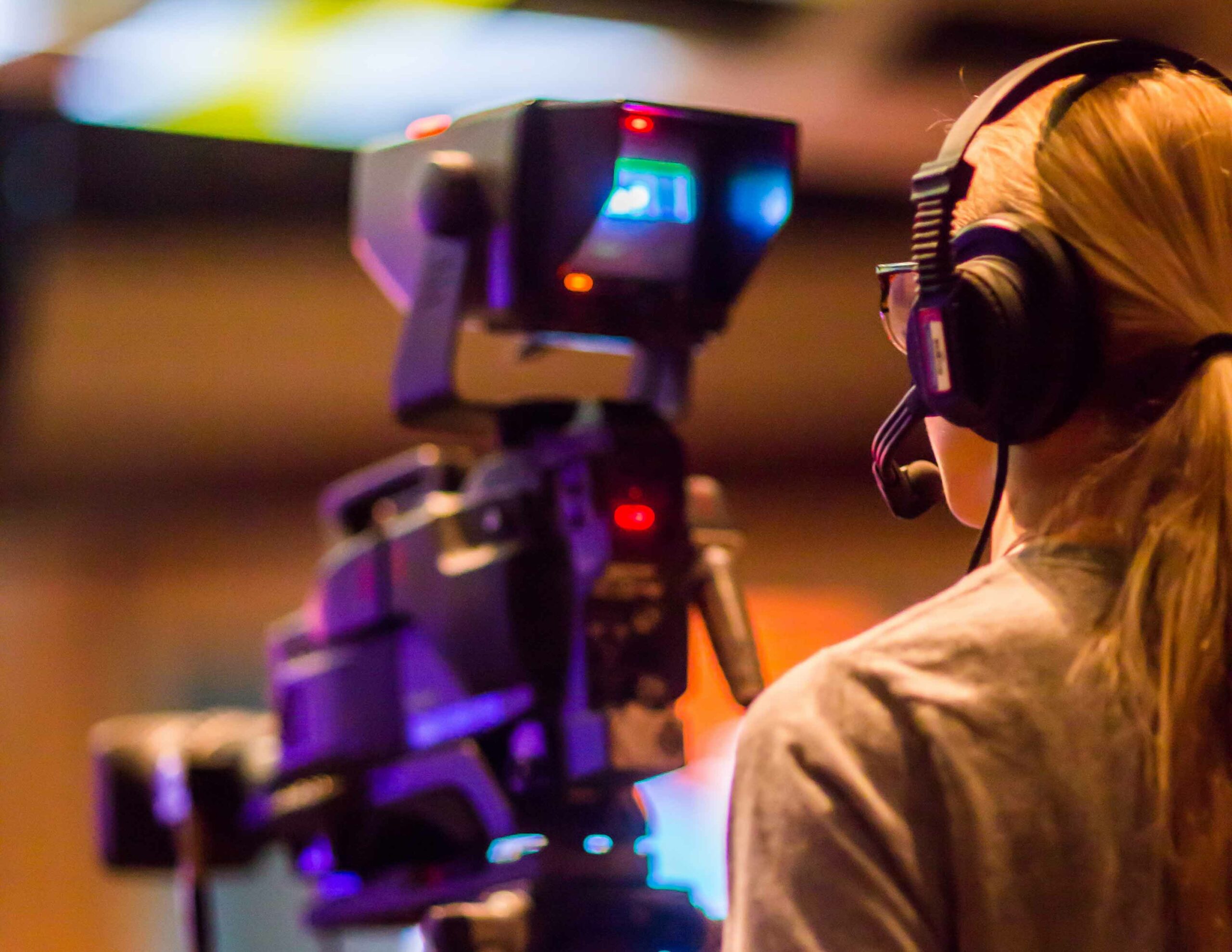
Create a TV-specific showreel
This is a bit of an out-there tip that not all actors will actually do. But, depending on your skills level, you might want to consider creating a self tape or showreel of you acting out a monologue from a well-known soap or a compilation reel of you acting out several scenes from TV. This is a great way to showcase your skills before you even get near an audition room.
The great thing about creating a showreel or self tape is that you can record it as many times as you want until it is absolutely perfect. This way, the casting director or anyone that watches it will see you at your best and not when you may be a bag of nerves at an audition.
Your self tape will go into your portfolio on your profile on talent portals and in your agency profile. If a casting director likes the look of your headshots, they just might watch it and give you a chance to impress in person at an audition.
Just remember that a showreel or self tape needs to be faultless, otherwise it will do more harm than good. So spend as much time as is necessary to make it 100% perfect in every possible way.
Let EVERYONE know your plans
And we really do mean everyone. Your neighbours, your aunt in Western Australia, your colleagues at work, your old school chums — everyone should know that you are looking to break into the Australian TV industry.
This means being very active on social media about your work and your auditions. Of course, you need to be careful about what you share online as you don’t want to upset a casting director if you tell the whole world about the project they’re working on. But you do want to let your followers and connections know that you were auditioning today or that you have just completed an acting workshop.
You will also want to share your wins when they come along and they will come along.
However, as important as it is to be highly visible online, it’s also super important to remember that you must remain professional at all times. No complaining about a casting director or getting angry about not landing a role. Remain positive at all times as it’s this type of person that people want to work with. Treat your social media profiles like a public resume and you’ll do just fine.

Network like never before
Some people will tell you that working in TV is all about who you know and while it’s not all there is to getting work, it certainly does help to have a good relationship with some industry professionals. Of course, you could go hardcore and cold call casting directors and inadvertently land yourself a role just like Margot Robbie did, but that’s not quite what we have in mind.
Instead, we’re going to recommend that you attend any industry events where you may meet casting directors, directors, filmmakers, or perhaps even screenwriters and TV network bigwigs. Yep, you’re going to want to speak to them if given the chance. This could be at casting calls arranged by TV networks or even local TV and film festivals where industry professionals may be speaking on panels.
If you get the chance to speak to anyone, introduce yourself, collect numbers if it’s polite to do so, and just let people know how awesomely friendly and enthusiastic you are. But there’s a fine line between being enthusiastic and being downright annoying, so be careful how you approach networking. For example, you may not want to start a conversation with a casting director in an audition but if you meet them at an industry event, then knock yourself out. LinkedIn is also an option for connecting with industry professionals so make use of it as people on the platform will expect you to connect with them. Yes, we are actually recommending LinkedIn for actors! Who’d have thought it?
Like we said earlier, it’s all about getting your name out there and being recognised and remembered for all the right reasons.

Pay attention to the industry
As great as your agency may be and even if the agents there have an amazing relationship with casting directors, there’s always a chance that you might spot a potential casting opportunity before they do. This is particularly true with network TV where the network may decide to bypass agencies and put out an open casting call for new actors.
These opportunities that bypass agencies don’t come along all that often, but when they do, you want to be there to take full advantage. So follow all the soaps and production companies on social media. Follow the networks, casting directors, and anyone else that is even remotely involved with the production of TV shows. This could give you the inside track on any announcements so you can throw your hat in the ring as soon as possible.
But remember that any time you want to put yourself forward for an opportunity, you must speak with your agency as soon as possible. It’s not a good look if both your and your agency put you forward for the same role. It causes confusion and suggests that you’re not great at communication which isn’t a great look for you or the agency.
Keep working on your skills
This is an important one and it’s something that some actors tend to forget when they land a few roles. It’s crucial that you keep working on your skills at all times. Even the greatest actors on the planet will tell you that they are always learning and that there is always some area that they’d like to improve. This is because acting is such a diverse industry where no two roles are the same. So keep up the acting classes or attend regular workshops particularly if they focus on an area that you have yet to study.
The added benefit here is that all those classes and workshops go on your profiles and resume. And any casting director loves to see an actor that is always working to improve their craft. This shows a certain level of dedication that suggests that you might be worth taking a chance on even if you’re not quite what they are looking for.
We’re not going to tell you that landing work in the Australian TV industry is going to be easy. If anything, it’s going to be the exact opposite. It will take a lot of hard work and endless auditions before you land your big break. Sure, you might be lucky and get your first major role right off the bat, but this rarely happens and it’s more likely that you’ll need to plug away for quite some time before that golden opportunity comes along. But trust us, with the right attitude and work ethic, and a certain amount of patience, there’s no reason why you can’t launch a successful career in the Australian television industry. And from there who knows?
If you’re an aspiring actor who would love nothing more than to work on Australian TV, then the most important step you need to take is finding the right representation. Luckily for you, we can help with that. Here at Hunter Talent we’ve got the industry contacts and knowhow to help you make those first steps the right steps. So get in touch with us today or apply to join the wonderfully talented actors here Hunter Talent. Who knows… maybe we can help you find your big break!
So you’re thinking about becoming a model and making a name for yourself at fashion shows all over the world. All you need is a portfolio and a ‘Blue Steel’ look, right? If only it were that simple! The truth is that the modelling industry is a super competitive industry where a very small percentage of full time models actually make it to the big time. It’s hard work and requires patience, dedication and no small amount of skill.
But on the flipside, it’s also a hugely rewarding job where you meet amazing people and, believe it or not, you don’t have to be a supermodel to earn a good living from modelling.
Now, before we get started, we’ll just explain precisely why we decided to create this guide. For many years now, the modelling industry has been one that is full of misconceptions that are absolute myths. And it’s those myths that have prevented many aspiring models from taking a chance and joining the industry. We hate to think of just how many people, young or old, have given up on a dream simply because they thought they had the ‘wrong look’ for modelling or that their weight or size would be an issue.
In this guide, we will not only bust those myths but we’ll give you a complete breakdown of what it takes to become a model. The idea here is that once you have all the facts, you can then make a more informed decision on whether or not you’re suited to the modelling industry.
In other words, this is everything you need to know about modelling… and then some.
So let’s get started.
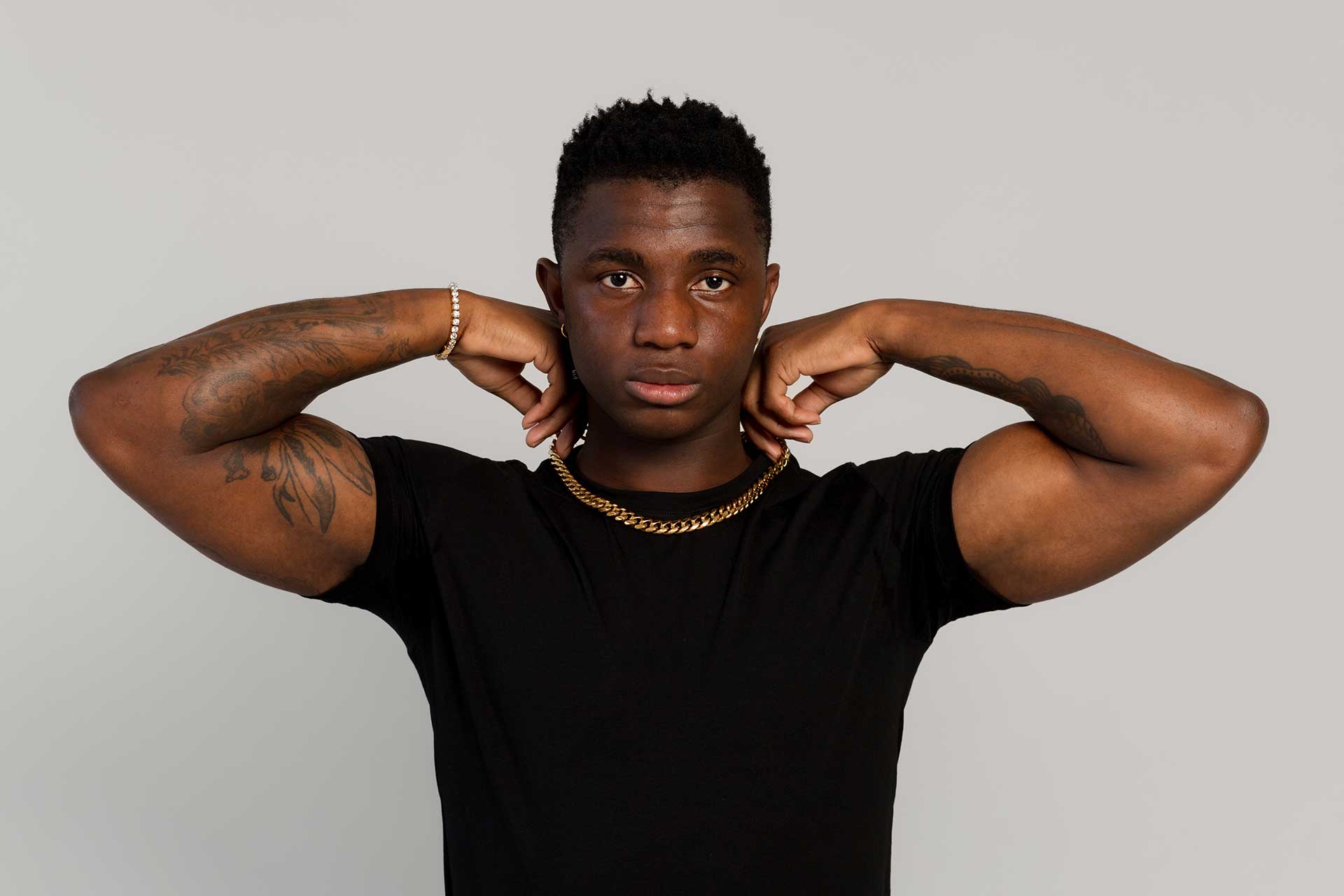
What is modelling?
It’s a very simple question but let’s go ahead and answer it anyway. Modelling is the practice of using your physical appearance or an aspect of your appearance to promote or represent a product, service, or idea.
As you may have guessed, this includes posing for photographs, walking on runways, appearing in commercials, or taking part in other types of advertising campaigns. Every single print or online ad that you see where a person is in the shot, that person is modelling. And yes, we’re talking about pretty much anything from high-end fashion to apple juice — if someone is needed in the ad to help promote the product or a concept relating to the product, that’s modelling!
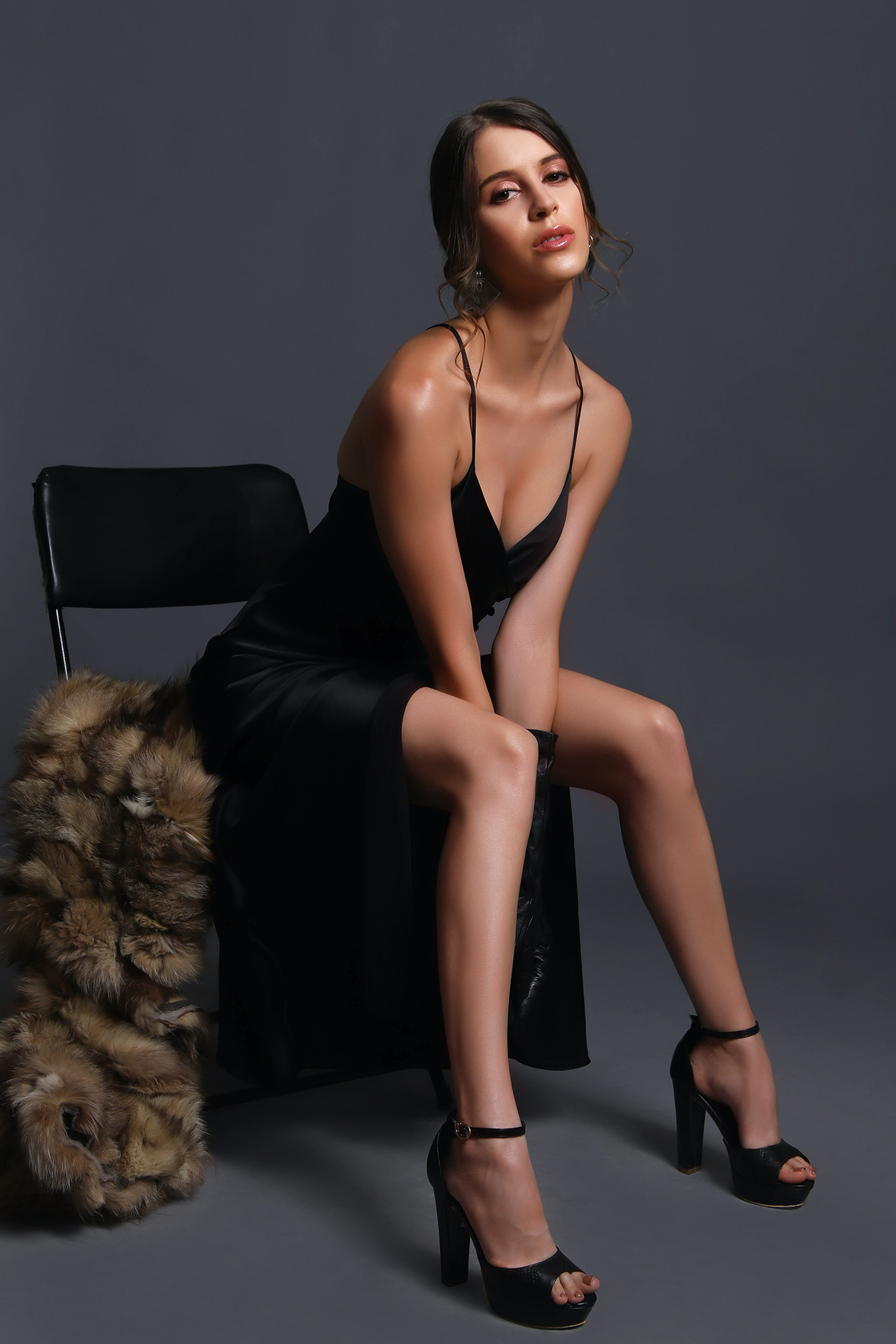
Can anyone be a model?
There is a very simple answer to this question and it just might surprise you — yes, anyone in the whole wide world can be a model.
It doesn’t matter what size you are, how tall you are, what you look like, your ethnicity, age, or your gender. The simple fact is that no matter who you are, there is at least one niche within modelling that you are suited to. From mature models to plus size models, and even hand models, there are so many paths that you can take if modelling is in your sights.
But there is one caveat. You will need to have a certain mindset and tons of energy because becoming a model is no cakewalk.
Is modelling easy?
So we think we may have answered this question already in the section above, but we’ll repeat it once more — modelling is not easy.
Sure, standing in front of a camera and smiling every now and then sounds easy but trust us, there’s so much more to modelling than that. For one thing, modelling can be physically draining. It takes a lot out of you when you’re moving around a studio non-stop for an eight-hour shoot. Changing clothes, dropping into various poses, and even holding those poses for extended periods of time takes a hell of a lot out of you.
Then there is the mental side of the job. Models will be rejected more than they will be hired. That’s a simple truth of the industry. This is because there are hundreds of models out there and a client or photographer may only need one model for a very specific assignment. That could be you, but more often than not, it will be someone else. This can be particularly hard to take for models who are just getting their feet wet in the industry as they may feel like no one wants them. As you can imagine, that can be quite tough so mental fortitude is certainly something that will stand you in good stead if you want to become a model.
So nope, it’s not easy. But when you think about it, are any jobs really that easy?
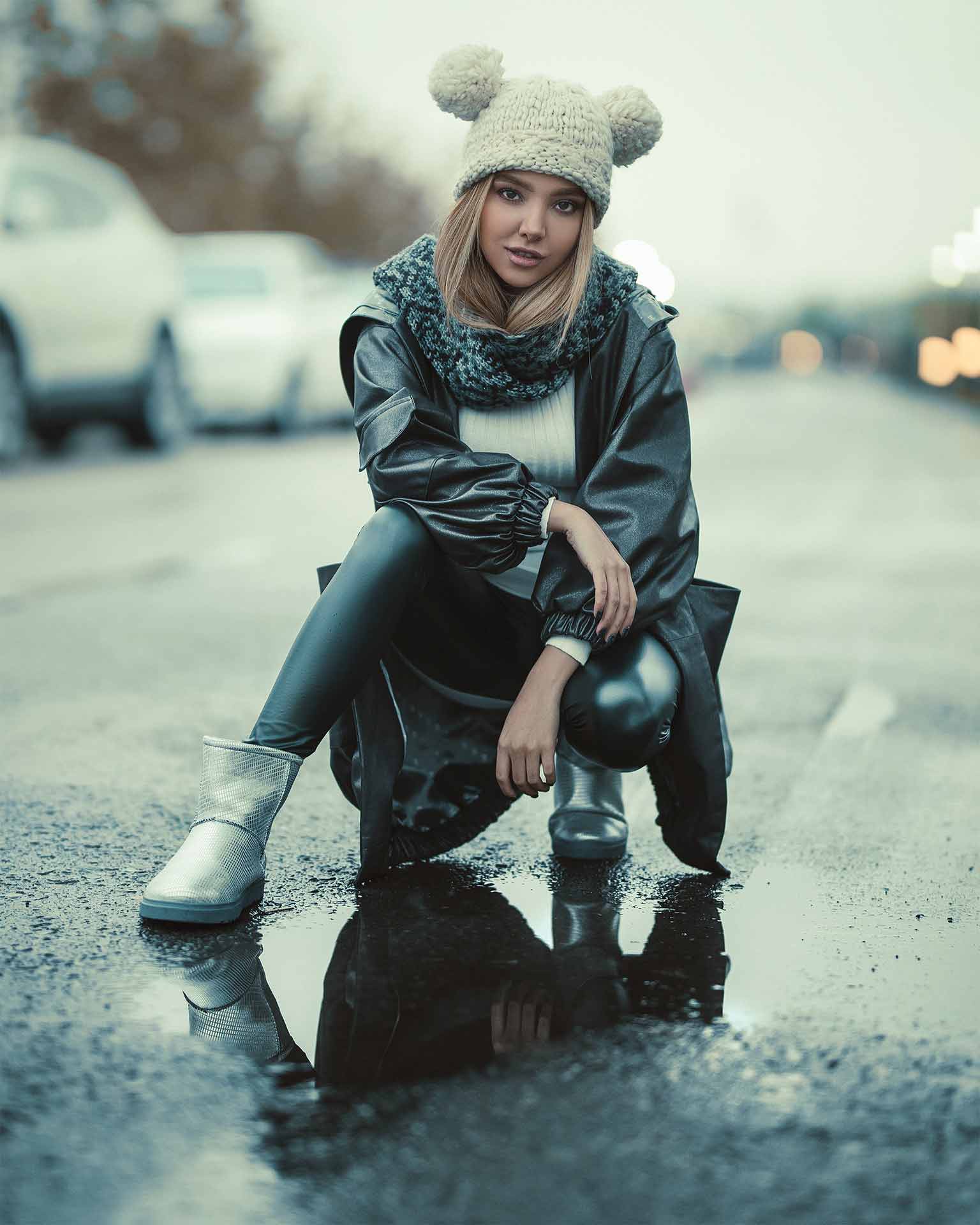
What skills do models need?
Now, here is where we’re going to bust another myth. You know the tired old trope that models aren’t quite the most intelligent people. It’s a common misconception that drives us absolutely nuts because there’s simply no truth behind it at all. As a matter of fact, modelling requires some serious skills particularly if you make it to the top end of the industry. Here are just a few of those skills.
People skills
Yes, believe it or not, models need to have top people skills if they want to succeed in the business. This is because they spend a lot of time each and every day working with people. From photographers to makeup artists, and even clients, models will have to be approachable, polite, and easy to communicate with. Stands to reason when you think about it.
There are also times when models may be called upon to do some live modelling work that involves speaking to potential clients or customers. That’s where those great people skills will come in super handy.
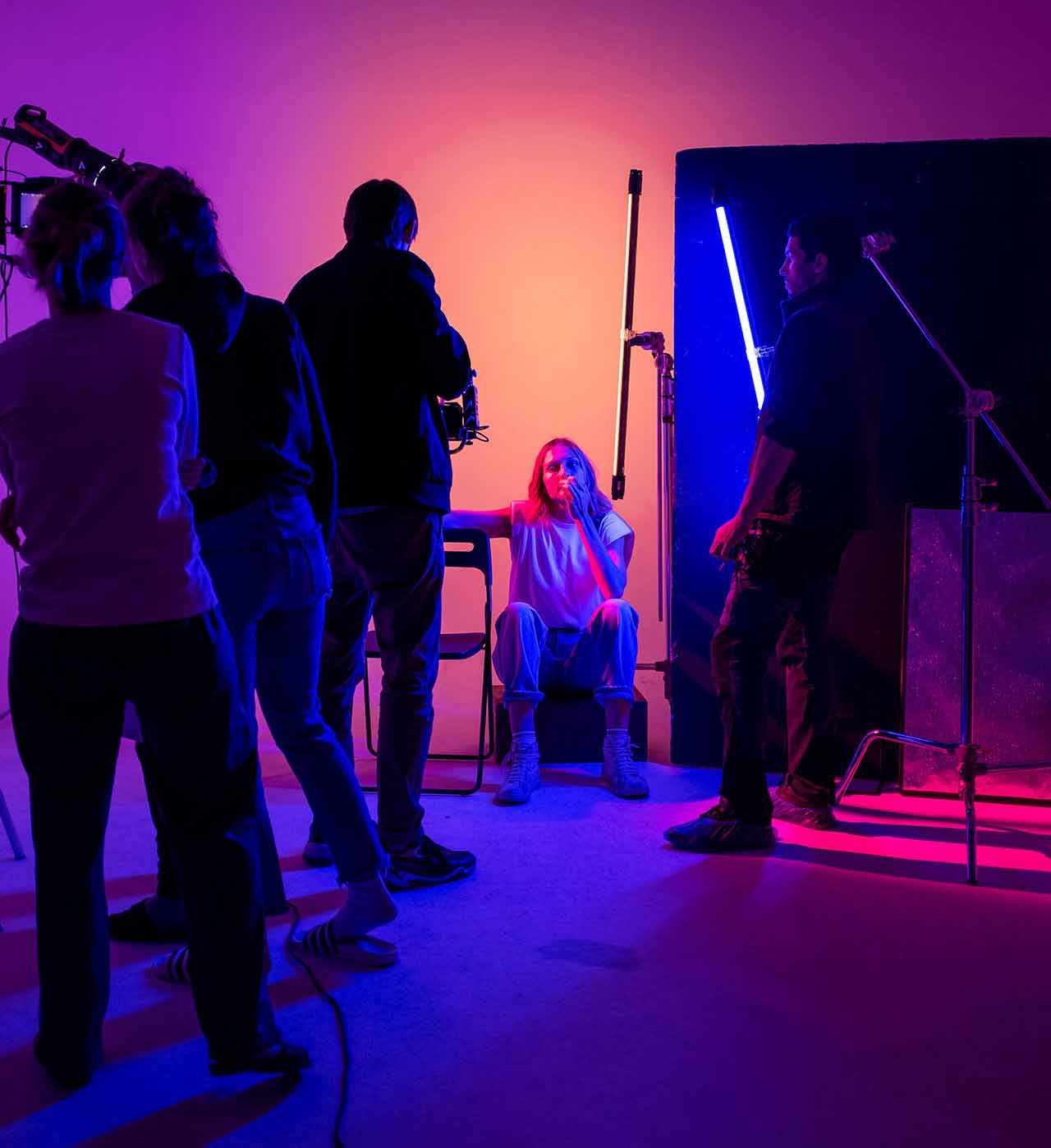
Stamina
Modelling is tough (as we keep reminding you) and on a typical day a model could spend hours on end standing or posing or just doing whatever needs to be done. All this requires energy and, of course, a huge well of stamina. Think of modelling as a marathon as opposed to a sprint and you’ll see what we mean. The hours are long especially when you take into account the travelling that may be involved too. It’s not unheard of for models to have a 5am wakeup call for a day of work and they may not crawl into bed until well past their regular bedtime!
Patience
As with any job in the entertainment industry, modelling requires an unlimited supply of patience. This is because jobs don’t land in your lap every day of the week and it might take some time before you secure your first meaningful modelling assignment. In fact, many models who are starting out will work another job so they can pay the bills.
It may take months on end or perhaps even a year before you start to earn an income that could see you cut down on your hours at your regular job so patience really is a must. The successful models are always the ones that were willing to bide their time and wait for that one opportunity that springboards their career. So if you’re not the patient type, then it might be time to learn how to become a master of patience!
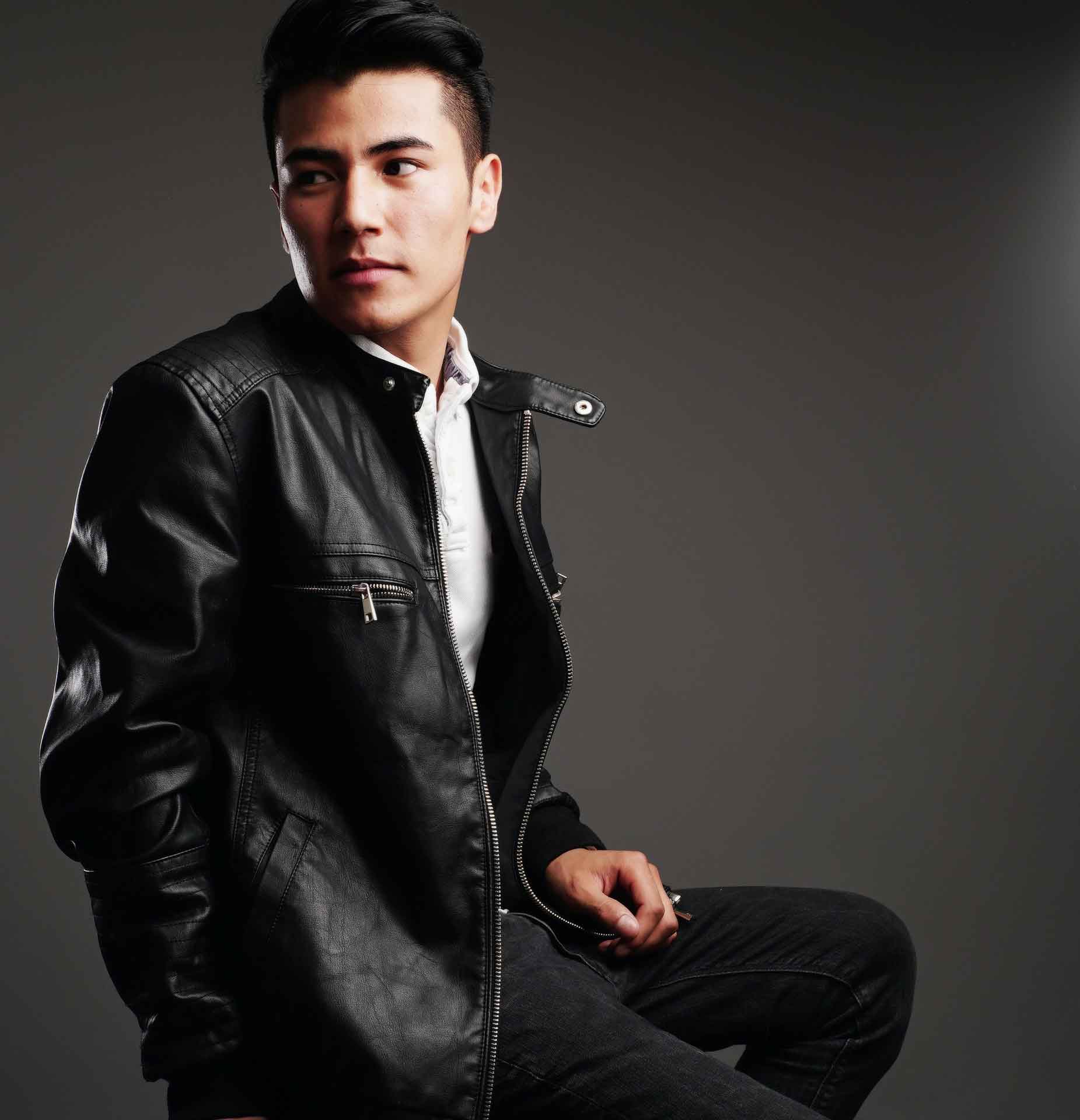
Adaptability
Is adaptability a skill? Well, we certainly think so. That’s because modelling is the type of job where no two days are the same. We’d even go so far as to say that it is extremely rare for a modelling assignment to go exactly as planned. Issues with location, the studio, the photographer, the equipment or even surprise requirements or a change in direction from the client can lead to all kinds of stress-inducing scenarios.
That’s why models must learn to go with the flow and be adaptable to any situation that arises. The photographer wants you to shoot in the rain as opposed to the studio? No problem, let’s get the waterproof makeup on. The client needs you to do action shots for their products instead of traditional poses? Let’s get moving! That’s the type of attitude and adaptability that clients and photographers will expect and will see them remember you for all the right reasons.
Just a quick word here on client and photographer requests. While being adaptable to changes is a great skill to have, this doesn’t mean that you must say yes to everything you are asked to do. If a client requests something that was not included in the assignment brief and that you feel uncomfortable doing, you should never feel pressured into going ahead with it. For example, if a client wants you to wear revealing clothing which was not included in the brief, it’s entirely up to you whether or not you want to agree with this. However, if the request isn’t in any way unreasonable, it may not be a good look for you to refuse. Trust your own judgement.
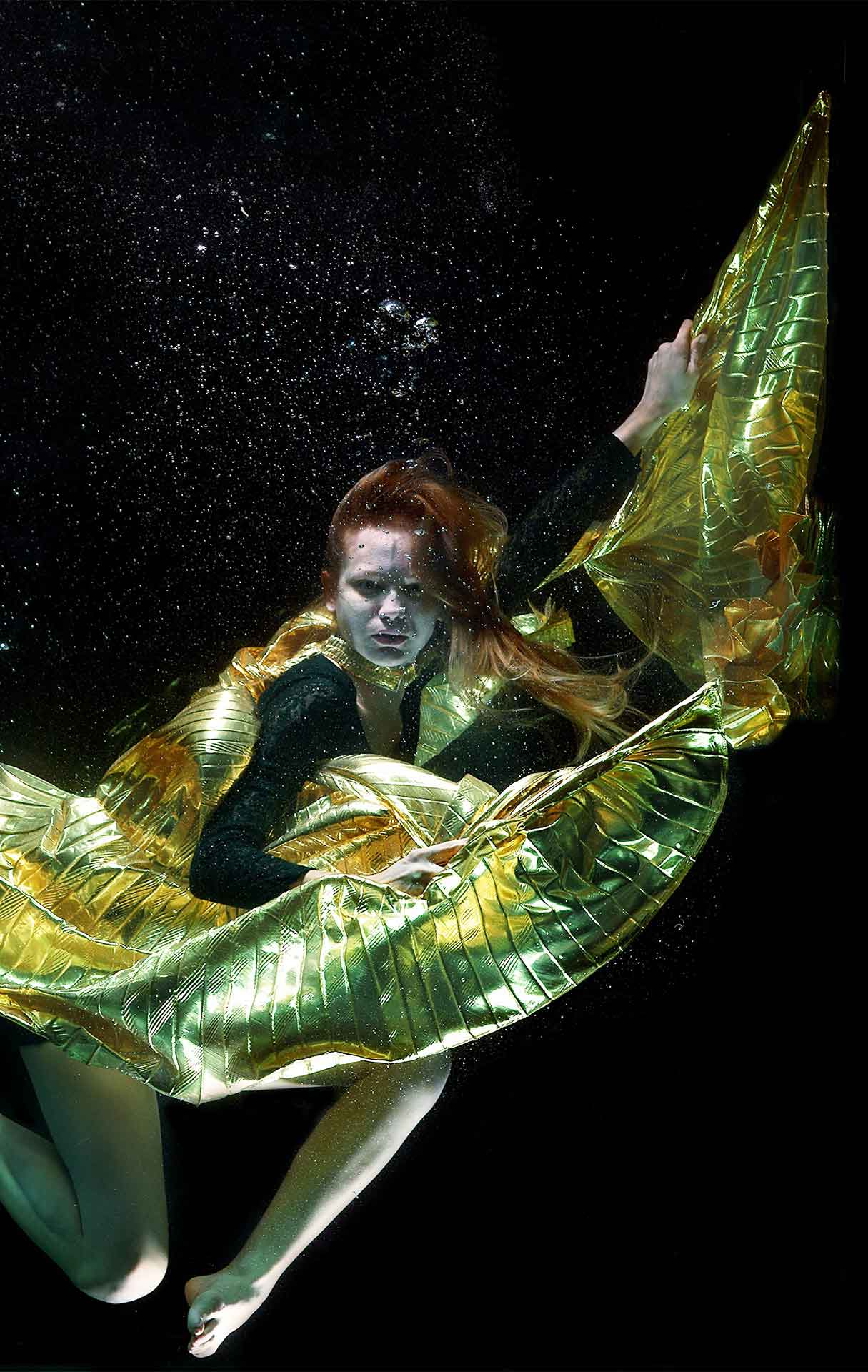
What are the different types of modelling jobs?
There are dozens of niches within the modelling industry that cover pretty much anything you can imagine. However, the majority of modelling jobs in Australia will fall within the categories listed below.
Runway modelling
Runway modelling is the type of modelling you see at Melbourne Fashion Week. Yes, we’re talking supermodels and catwalks or, in other words, the type of modelling you envisage when you hear the word modelling. Just to be clear, runway modelling is defined as walking on a runway to showcase clothing, accessories, or other products.
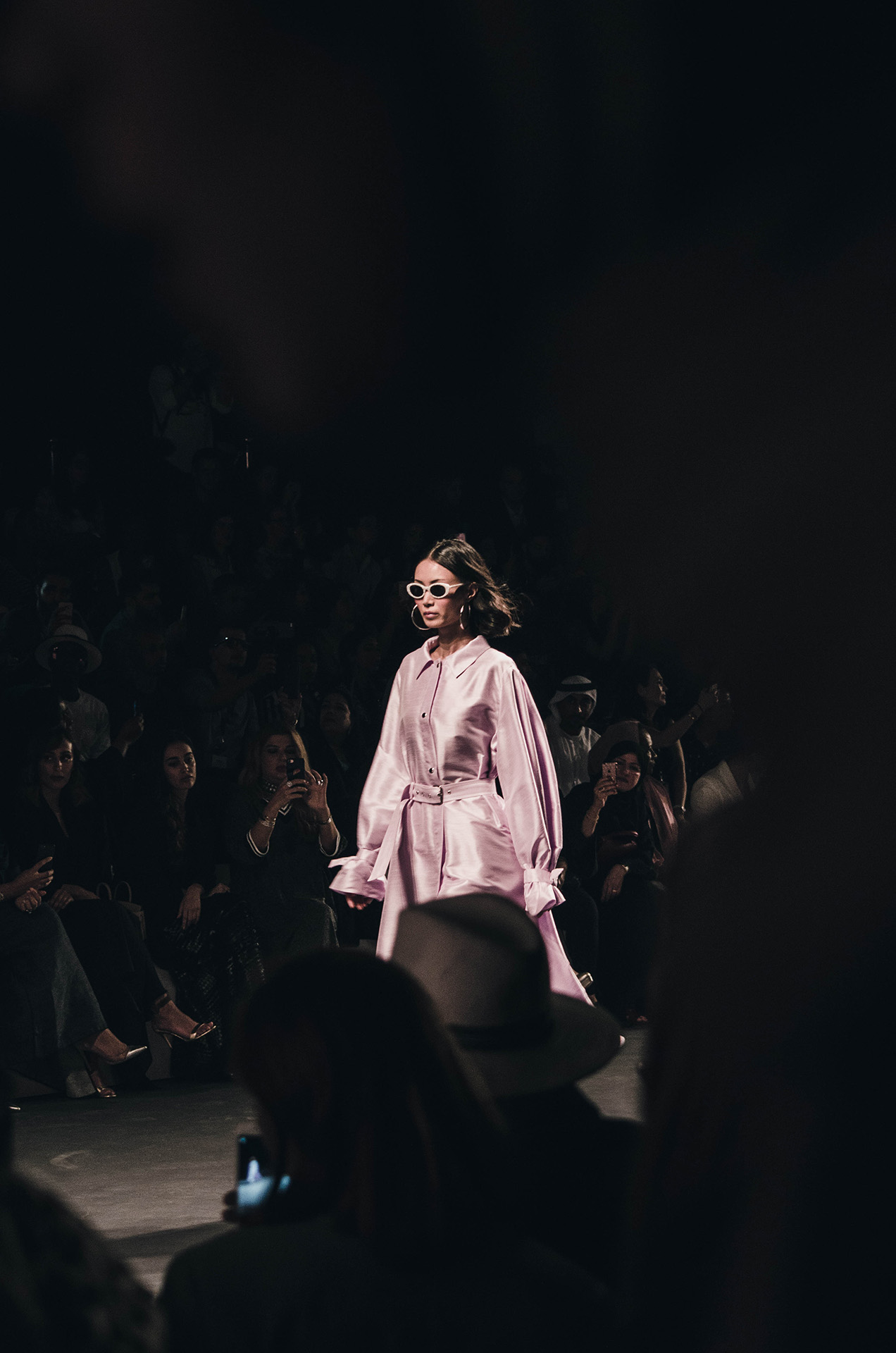
Commercial modelling
Commercial modelling is a type of modelling used for advertisements and promotional materials such as billboards, print ads, and commercials. This covers an extremely wide range of niches which means that you are more likely to see ‘regular’ models in commercial modelling. By that we mean models who come in all shapes and sizes, young or old, and from a wide range of ethnic backgrounds. This is because commercial models are often chosen based on how relatable they are to a target audience.
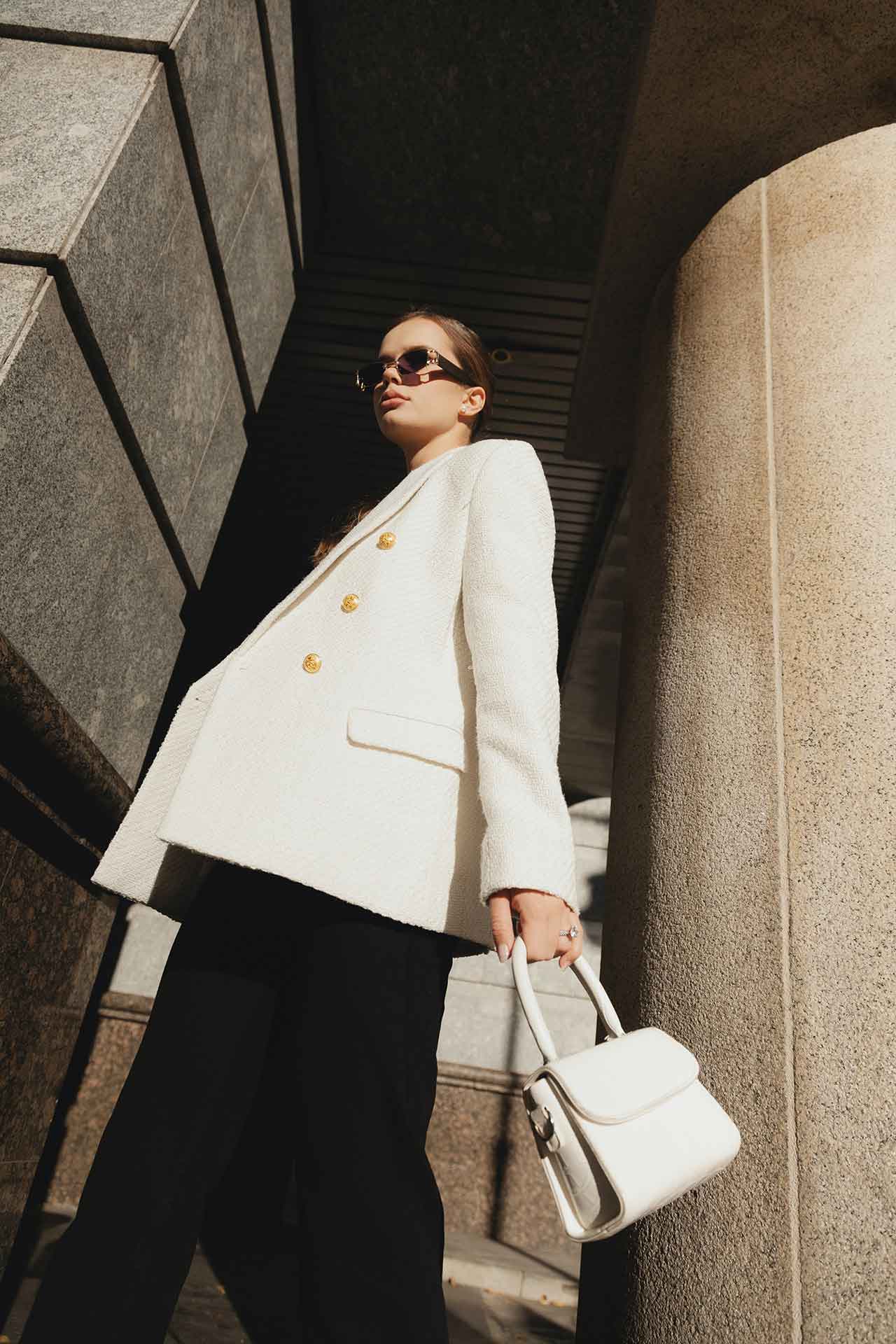
Editorial modelling
Editorial modelling is the type of modelling that is a little more unique and is often reserved for top-tier models who have already made a name for themselves. Editorial modelling is often the type of modelling you see in fashion or beauty editorials in magazines such as Vogue or Cosmopolitan. These models typically have a unique and striking appearance and must be able to convey a range of emotions through their poses and expressions.
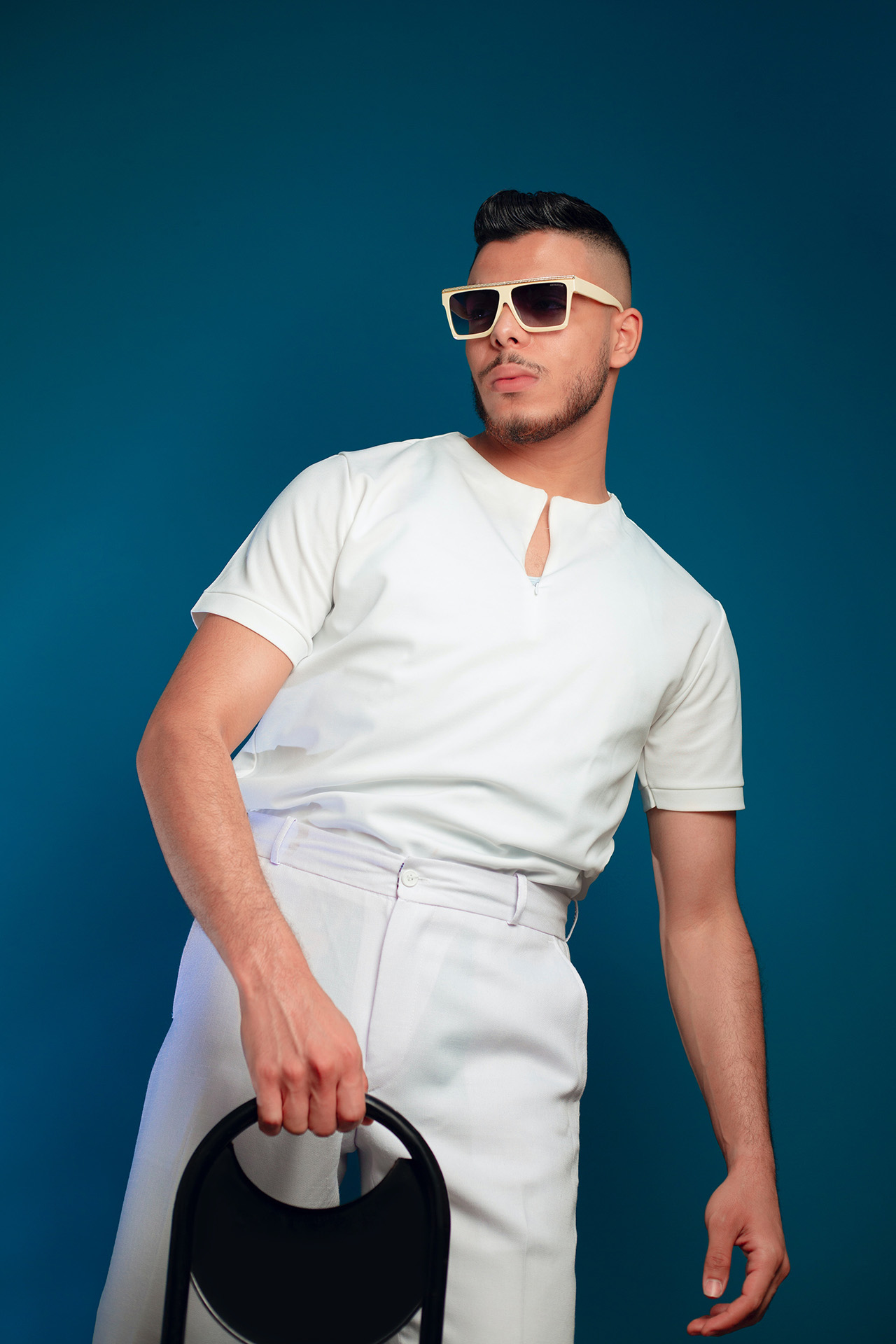
Fitness modelling
Thanks to the rise of influencer marketing, fitness models are in demand right now. This type of modelling is used to promote fitness and sports-related products and services, such as athletic wear, supplements, and exercise equipment. Fitness models must have a toned and fit physique and be able to demonstrate proper form and technique in exercises. However, it’s not just about fitness. Models in this category could find themselves promoting hotels, travel companies, outdoor gear, or even health initiatives from local governments.
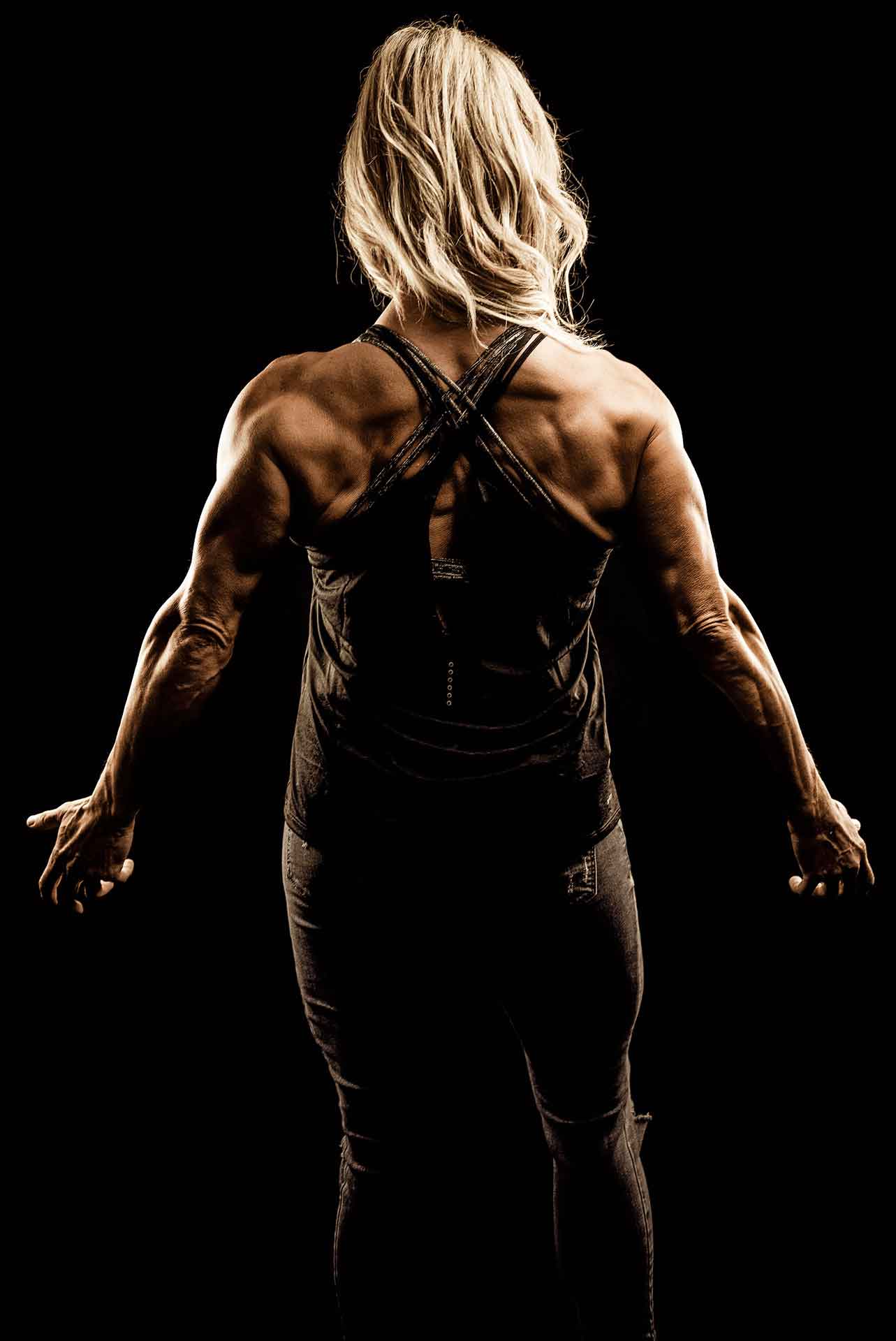
Glamour modelling
Glamour modelling often gets a bad rap, but it’s not all about nudity as some might lead you to believe. Glamour models will pose for photographs that focus on the model’s sex appeal and attractiveness. These images are often used in magazines, calendars, and some adult-oriented publications. Glamour models may also do live modelling work at events.
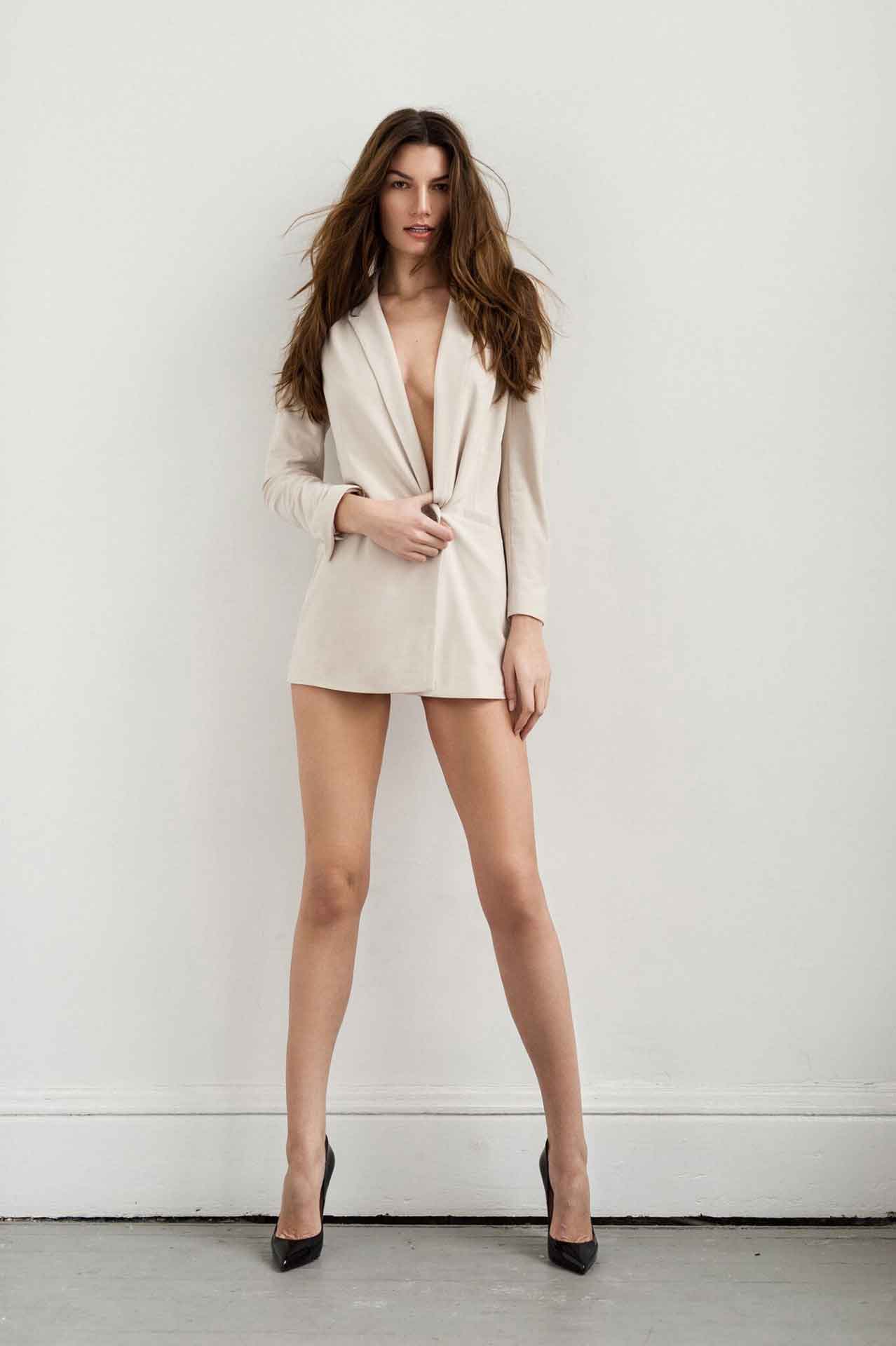
Art modelling
Art models, as you may have guessed, pose for artists and sculptors to create works of art. These models must have incredible stamina as they must be able to hold still for extended periods of time and maintain interesting and dynamic poses. And yes, art models are often expected to pose nude. This is one of the more niche types of modelling but it is also one of the most inclusive as art schools often request people of all shapes and sizes.
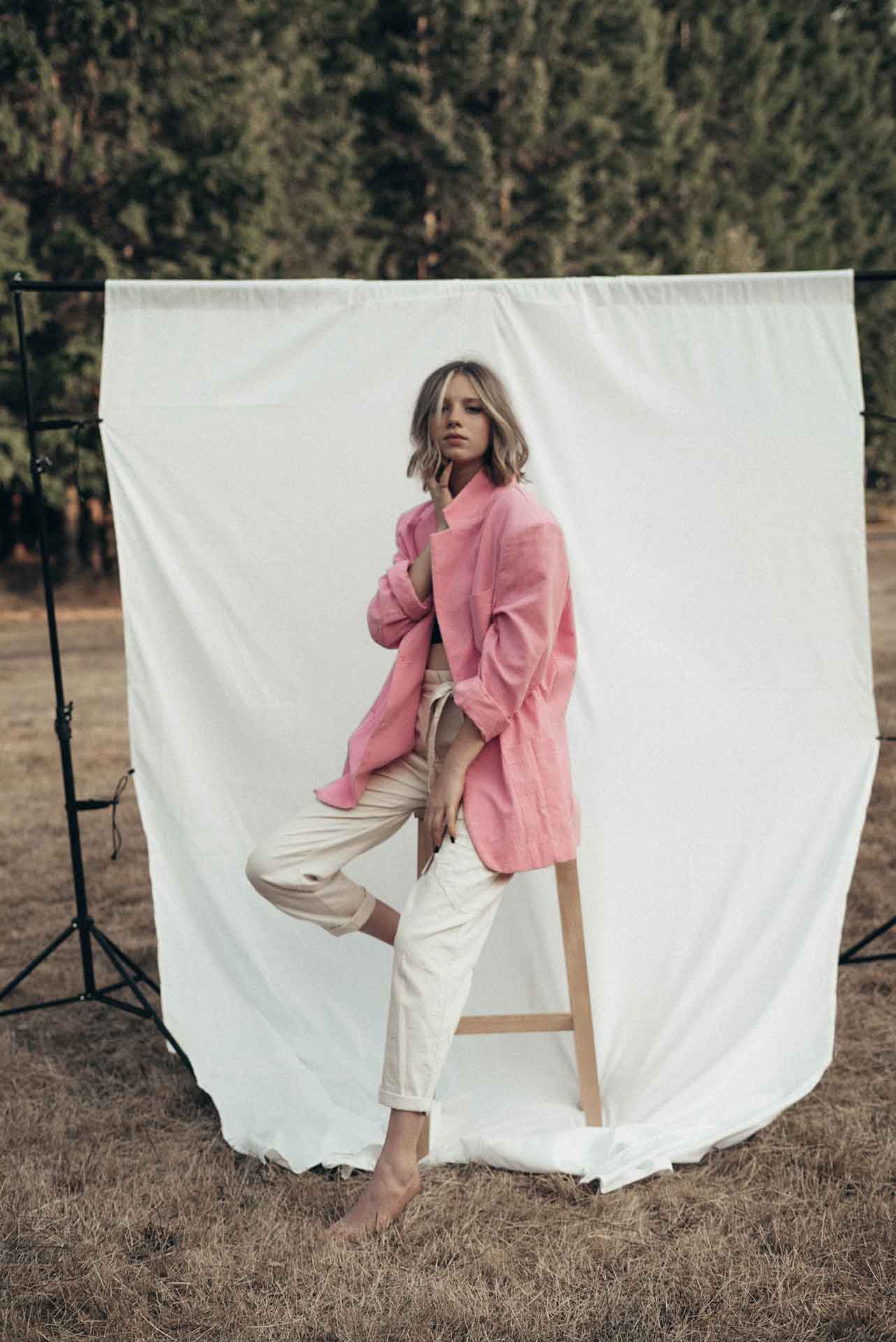
How to decide which type of model to become?
This is a choice that many aspiring models don’t realise they may have to make. However, depending on your body type, your look, or perhaps even your personality, you may find that one type of modelling is best suited to you. For example, someone who is tall may be a great runway model while an average height person could thrive as a commercial model.
This is where your modelling agency could help you a great deal. When you first meet with your agency, they should be able to give you some insights into the industry and an idea of what type of modelling might best suit you based on your appearance, your skills, what you are willing to do, and your career goals. This is why it’s absolutely crucial to take your time choosing a modelling agency!
That’s not to say, however, that you can’t make your decision before joining the agency. If you’re already a fitness buff and spend an inordinate amount of time in the gym, then fitness modelling seems like a perfect ‘fit’ 🙂 Or perhaps you have the most amazing hair that everyone keeps commenting on which could lead to a great career in hair modelling.
Whatever you decide to do, don’t treat it as your only niche for modelling. There could be some amazing opportunities that you are suited for that could potentially lead you on another path once you keep your mind open. Sure, you can opt to focus on one area, but your agency can still keep an eye out for opportunities in other niches too.
What is a modelling portfolio?
You may have heard that a model cannot succeed without a great portfolio and we’re here to tell you that it’s absolutely true. This is possibly the most important tool in your modelling arsenal and without one, you’ll get nowhere. But what is it?
A modelling portfolio is a collection of photographs and possibly videos that showcase a model’s skills, versatility, and experience. The whole idea behind a modelling portfolio is to give potential clients and photographers a sense of the model’s look and abilities on camera.
The portfolio will typically include a range of different types of photographs, including headshots, full-body shots, and perhaps some editorial shots. It may also include tear sheets — samples of the model’s published work — alongside a resume or bio, and anything else that might be relevant.
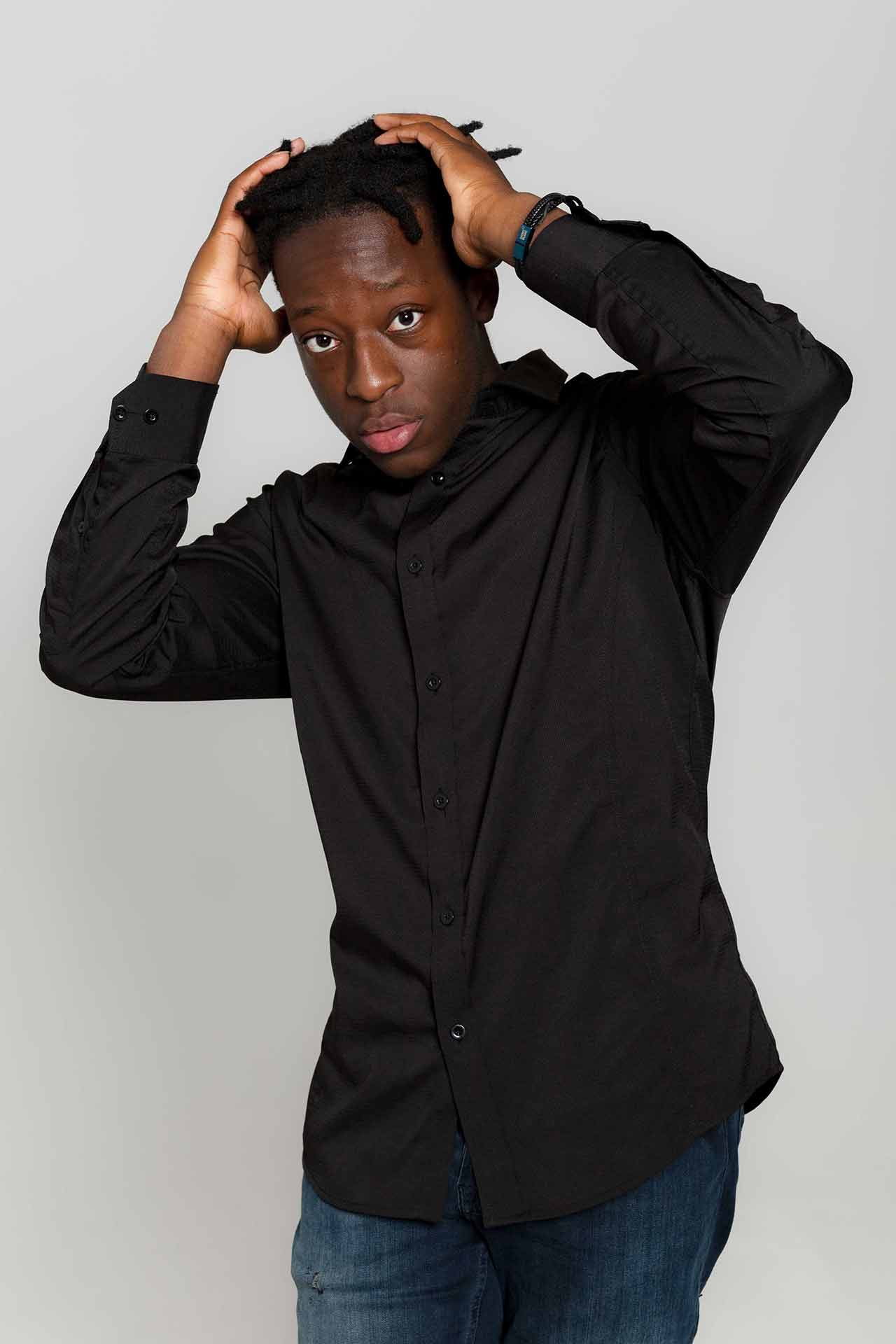
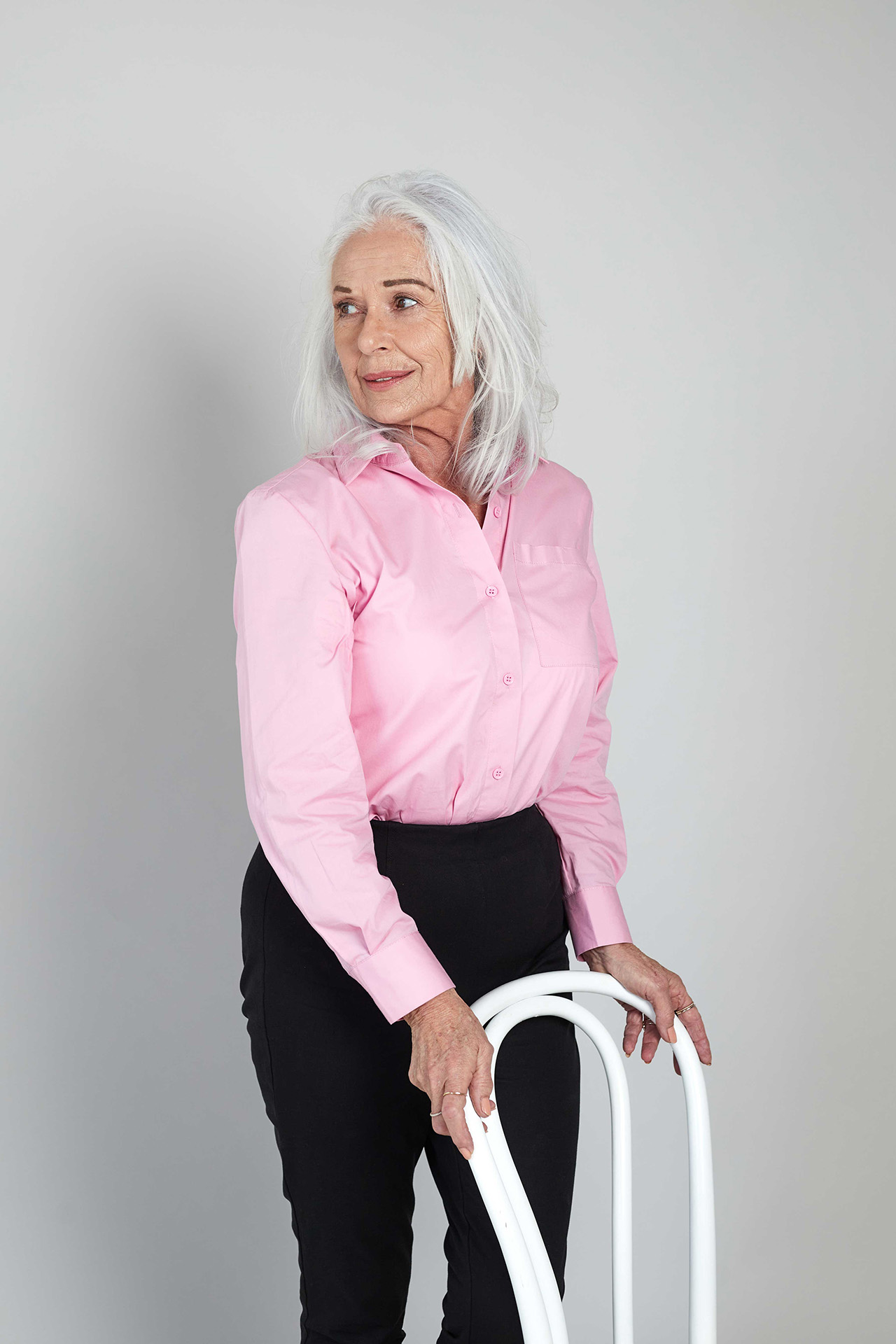
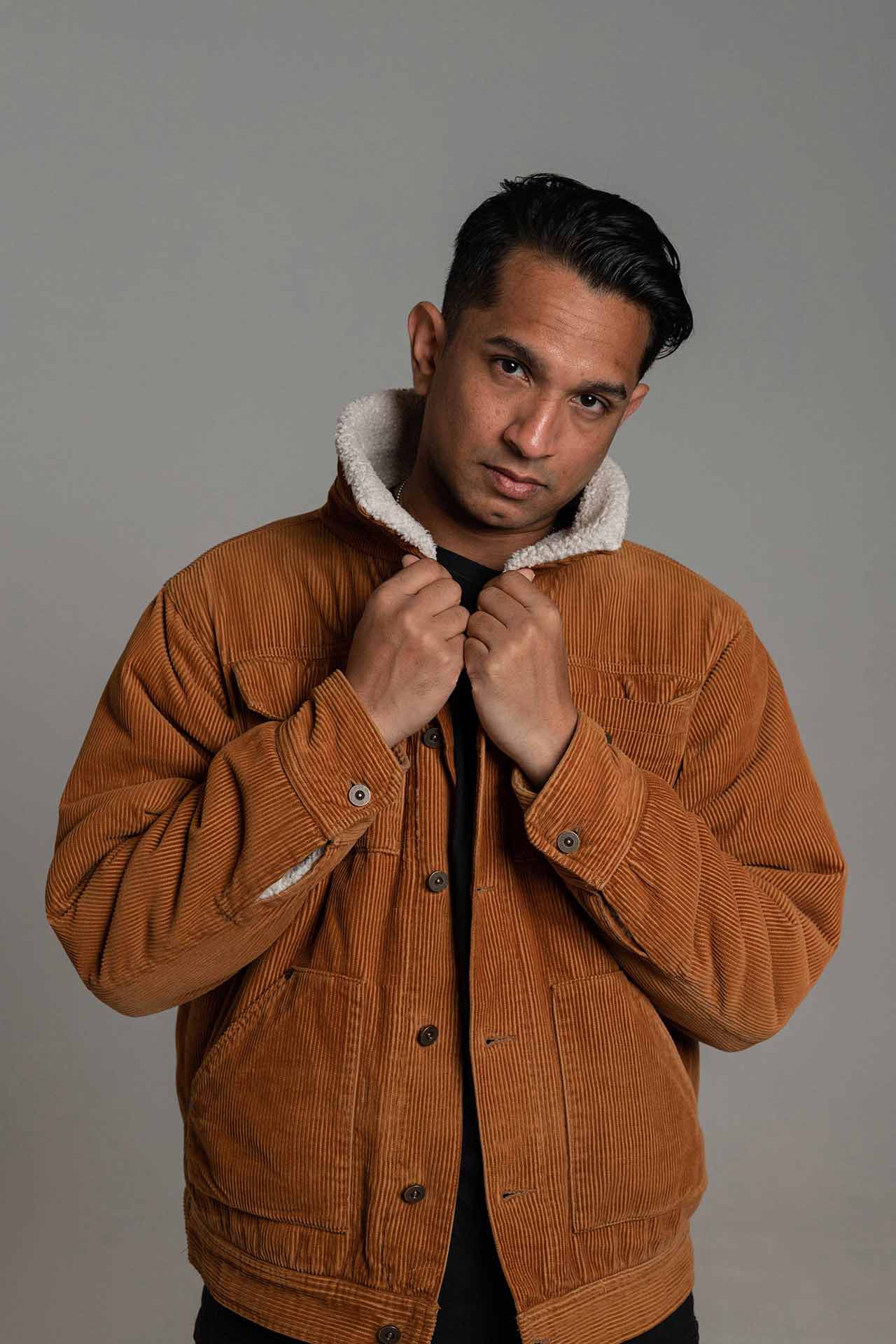
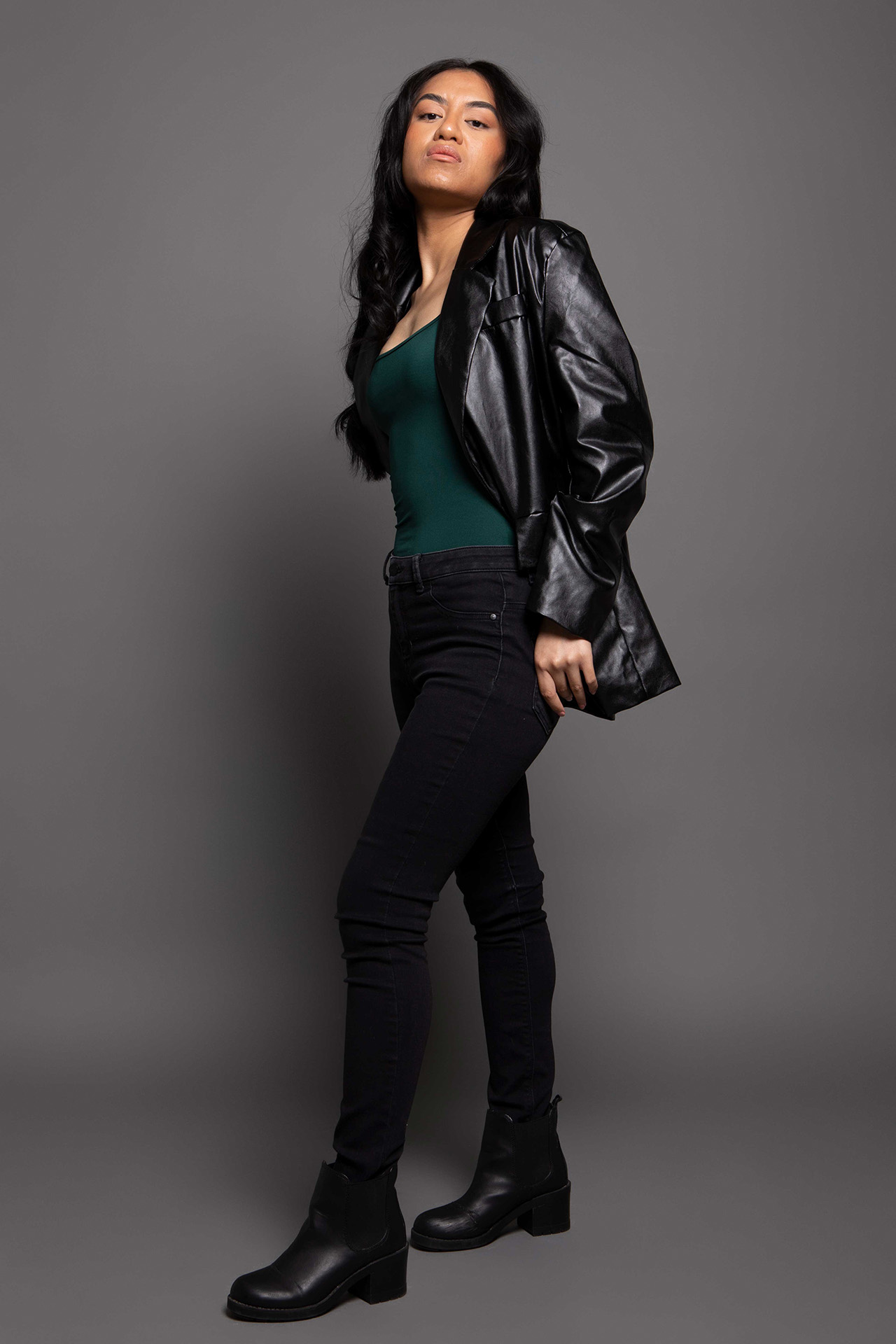
Building your portfolio
The importance of a great modelling portfolio cannot be overstated. In many cases, it’s your one chance to make a great first impression as this is how clients will first see you. For this reason, it’s essential that your modelling portfolio is shot by an experienced professional photographer and preferably one with portfolio experience. Yes, it can be an expensive investment at the start of your career but it is one that is absolutely worth making.
A photographer with experience will know exactly what types of shots should go into your portfolio. There should be at least one full length shot, a profile shot, and one headshot. Of course, you won’t only have three shots in your portfolio, but they are the bare minimum.
Remember that a portfolio can also include images from your previous/published work. This is a great way to showcase your abilities and skills while also letting a potential client know that you have already worked with other clients. If you’re unsure about using images of your published work, ask your agency which ones are okay to use. Remember though that you should refrain from using any images that have not been used yet by the client if their campaign has yet to launch.
How much do models get paid?
This is a question we get asked all the time and we’re going to give you an answer that you probably won’t like — that depends! You see modelling work and the success of a model depends on so many variables that it’s quite difficult to put a dollar value on a model’s earnings.
The type of modelling involved could pay more or less than another type. Then there are big clients and smaller clients. For example, a local clothes brand may have a smaller budget for a local campaign whereas a major retailer would invest much more into a national or international campaign. If your face is going to be seen across the nation, you’re bound to get paid a little more than if it only appears in a local newspaper
If you manage to land some regular work, then you should certainly be able to pay your bills. The average model salary is supposedly $80,000 per year but it could be much more or a bit less. Like we said, it really does depend on the clients, how much work you put into your career, and perhaps even a little luck too.
That $80k isn’t a ceiling though. If you make a name for yourself, you could be asking for significant fees especially if clients start to ask for you by name. That’s the dream, right?
Modelling techniques to practise at home
Here at Hunter Talent we believe that you never stop learning. That means that you should practise your modelling skills as much as possible. After all, you want to be the best and stand out from the crowd and you can only do that by upping your game and maintaining that high level of consistency in your modelling work.
So what can you do to improve those skills at home?
Posing
A model doesn’t just stand in front of the camera and smile. Neither do they just wait for the photographer to tell them what to do all the time. A model needs to have some poses nailed down that they can drop into at any given time. So when a photographer asks you to ‘mix it up’ you can simply run through your poses.
This is easier said than done. Go ahead and try to do a few poses and you’ll see what we mean. You really need to know what you’re about to do, right? This is why it’s a good idea to take a look at what successful models are doing in their campaigns and try to find your own poses based on their work. We’re not saying that you copy their poses outright, but you can certainly take some inspiration from them.
Create a few poses of your own and give them names or numbers. This way it’s easier to remember which poses you have already tried during a shoot.
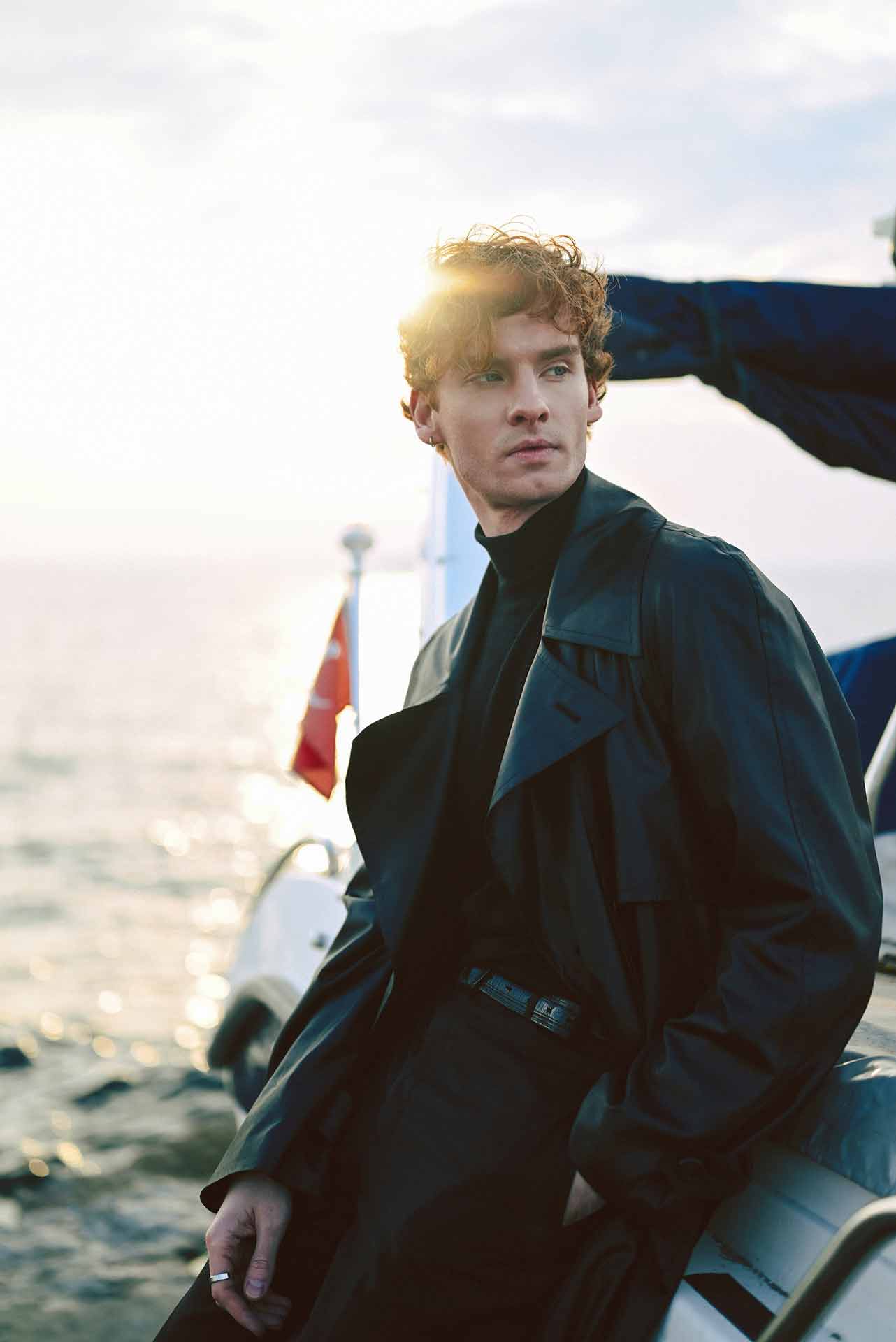
Walking
Walking isn’t quite as easy as putting one foot in front of the other. Well, actually it is, but that doesn’t necessarily mean that you know how to walk like a model. Runway walking is a skill that you should absolutely try to master regardless of the fact that you may not want to do runway modelling. This is because you never know when you may be asked to do an event or a shoot where the photographer needs action shots.
There are plenty of resources and videos available online to teach you how to master runway walking so take some time to study up and practice as often as you can.
Smiling and laughing
As silly as it might seem, smiling and laughing are two incredibly difficult skills to master. Yes, we can all smile and laugh when we’re happy, but smiling or laughing naturally on command is another thing altogether. Trust us, at some point in your modelling career you will be asked to laugh in front of the camera and a fake laugh looks, well, it looks so fake.
You’ll need to have one thing in your mind that always makes you laugh and teach yourself to laugh naturally when you think of it. You may even need a few different things that you can think of depending on the level of happiness required. Dog trying not to fall asleep = mild laugh; chicken chasing a dog down the street = hysterical!
You get the picture!
How to break into modelling
So after reading all of the above you still want to be a model? Superb! You quite possibly have the right stuff to make it in the industry. But before we break out the champagne and start toasting your new career, we have to get that career started first. So here are a few tips on what to do.
Sign with the right agency
This is the part where we tell you how awesome Hunter Talent is and that we’re the best modelling agency in Australia! Yes, that’s what we think, but the truth is that you’ll need to find that out for yourself. No two agencies are quite the same and while we may be a perfect fit for one model we may not be for another.
Start networking
Yes, as simple as it sounds, networking is a great way to get your foot in the door and start to get yourself recognised by people in the industry. Think about attending industry events and speaking with photographers, agents, and anyone that might be a good connection within the industry. You never know when that connection might come in handy in the future.
Get some experience
Getting experience as a model without having any experience might seem like a bit of a tough prospect but it’s actually not that difficult. Photographers, schools and universities, and photography clubs will always have opportunities for aspiring models. The only catch is that the pay will be super low or you might even have to work for free.
While we don’t want to encourage you to work for free too much, we do think that doing a little free work to build up that experience and possibly add some images to your portfolio is a great idea. It will teach you how to handle a professional working environment while also giving you an idea of what it takes to be a model. You can even perfect your poses doing this type of work.
Tell everyone about your new career
And we really mean everyone. Tell anyone who will listen that you are looking for modelling work and share that information all over your social media profiles. You want the entire world to know that modelling is your newly chosen path so that if they come across any opportunities, they might think of you. The truth is that you never know who your friends and family know and one social media post could lead to all kinds of positive connections.
Even if it feels silly to say it out loud before you’ve even landed your first modelling assignment, be loud and proud about the fact that you are now a model.
This is why it’s important to shop around and see what agencies are currently looking to sign models and which might be best suited to you. This is doubly important if you have a modelling niche in mind as you can see what kind of agencies have clients within that niche or success with those types of models.
Make sure that you get an opportunity to speak with a real person either face to face or on the phone or through a video call. This will give you a better understanding of what the agency is about and how the staff treat their models. Remember that not all agencies will actually want to sign you regardless of how great you may be. This is because some agencies have quotas for certain types of models and they may already have too many models on their books that are similar to you. Don’t be discouraged though, you’ll certainly find the right agency with a little effort.
How to prepare for your first modelling assignment
So you’ve signed with an agency, you got your portfolio and now you’ve managed to land your first modelling assignment. Well done! Now all you need to do is get ready for that first gig. Here are a few things to keep in mind as you prepare.

Practise all your poses
This makes perfect sense but we’ll just reiterate it — you need to practise those poses as much as is humanly possible ahead of your assignment. Get in front of the mirror and drop into your poses on cue. You can even set up a little practice routine where you go through each pose methodically just to get them perfect. Once you can do this without thinking, it will help to ease those pre-assignment nerves.
Talk to the agency
Your agent will have the full lowdown on what the assignment is going to be like. They may even have an inside track on the photographer for the job and how they like to work with models. Any advice you get here could be invaluable for the job so listen carefully. Your agent will also tell you what you should and shouldn’t do at work and what is expected of you for the assignment. Be very clear about this information so that you know what to expect.
Plan your route
Yes, this really does sound like common sense but you’d be surprised at how many people get lost or can’t find parking on their way to a job. Plan your route and have a plan B option. For example, if your car doesn’t start, how can you get there by public transport? You may laugh but you should expect anything that could go wrong to go wrong.
Live a quiet life
Don’t go for white water rafting a day before your assignment. Likewise, you shouldn’t be going clubbing either. Think of this as you would your first day in any job. Take it seriously because it is your career after all and don’t do anything overly adventurous in the days leading up to the assignment.
Watch your diet
And by that we don’t mean that you should eat less food or anything silly like that. We mean that you should stick to your normal diet and not try anything new for a few days. You don’t want to be sick on your first day at a shoot. We’d also suggest laying off the heavy foods the day before and on the day of the shoot. Nothing is worse than feeling bloated and having to pose all day long.
That’s all the advice we have for you today. Best of luck and remember that it will take time to land that first gig but we know you can do it!
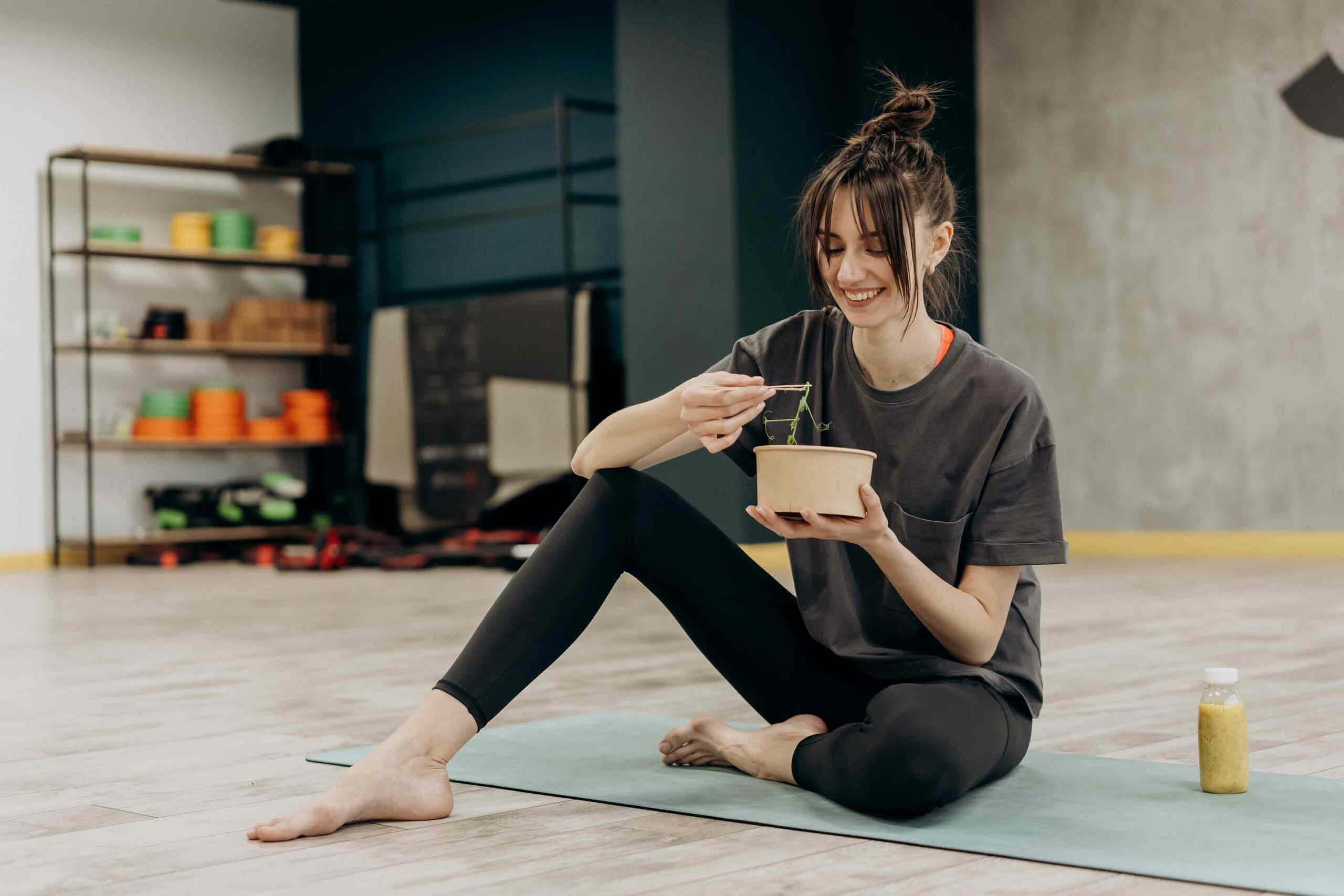
If you have any questions or would like to know more about becoming a model, feel free to contact us here at Hunter Talent. We’d be more than happy to have a chat with you to see if we’re a good fit for each other. But even if you opt to sign with another agency, we genuinely hope that the advice in this guide helps you along your way.
The Australian modelling industry has been booming for quite some time now and the rise of social media influencers and social media marketing has seen it skyrocket in popularity. Suddenly, everyone wants to be a model and that dream seems much more attainable now than ever before.
But when we speak of modelling, it’s often female models that get all the attention. After all, most of the biggest names in the world of modelling are women. Yet male modelling is also being affected in a very positive way by that boom. While there has always been work for male models in the past, the increase in demand for models in general has had a knock on effect in the male modelling niche. To put it simply, if you ever had dreams of being a male model, then now is the time to act.
So with this in mind, we’ve created this simple, step-by-step guide to becoming a male model. Just remember, while we’re not saying that following these steps will guarantee your success as a male model, it will certainly set you on the right path.
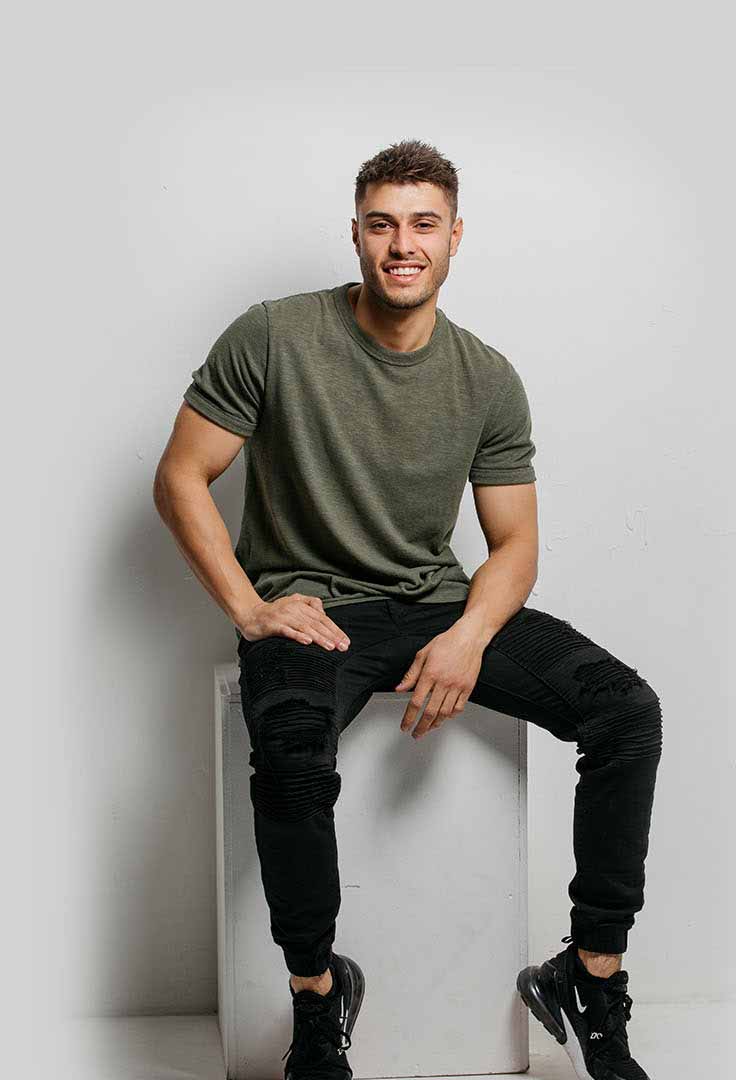
Build a strong portfolio
A portfolio is a collection of your best modelling photos that showcases your unique look and style. It tells the viewer what you are capable of and how you look under professional studio lighting. As you may have guessed, it’s essential to have a professional portfolio as this is what potential clients expect to see. In other words, no holiday snaps or pics that your mate with the nice camera took of you at the beach that one time. Each and every image has to be taken by a professional photographer. No ifs or buts.
Now, while we did say that your portfolio will include modelling photos, you don’t have to use images from previous assignments. Like we said, once they are taken by a professional photographer, they can go right in there. Just make sure you hire a photographer that has portfolio experience so they can tell you what goes in there or you can check out our modelling portfolio guide.
Work on your physical appearance
While it is important to be comfortable in your own skin and embrace your natural features, there are a few things you can do to improve your physical appearance as a male model. And no, we’re not talking about dieting or pumping iron. A healthy diet and lifestyle will help to keep your skin clear while regular exercise is just plain common sense.
Then there is the topic of grooming. Yes, you need to be well-groomed with healthy hair (if you have any), well-manicured fingernails and good teeth. The truth is that while brands look for male models from all walks of life and in all shapes and sizes, they still prefer to see models that take care of their personal appearance.
Find a reputable modelling agency
Finding a reputable modelling agency should be one of the first steps to take but perhaps not the very first as you’ll want to be ready to impress. Your decision here could have a major impact on the start of your career as a model so take your time and look for an agency that fits the bill.
Not only will a modelling agency help you secure work but it will also help you define your career goals, improve your skills, and give you heaps of guidance along the way. And that is something that you don’t want to miss out on.
Network and build relationships
Building relationships with industry professionals such as photographers, stylists, and other models can be a great way to increase your chances of finding modelling work. Attend industry events, join modelling groups or forums, and make an effort to get to know people in the industry.
Even when you’re called in for modelling casting calls or assignments, try to be approachable at all times and get to know the people that are around you. Remember, this is a close-knit industry so you never know who you might be talking to. Even the person who is taking your name as you arrive for a model casting call could be someone who could help you later on in your career.
Be persistent and keep trying
The modelling industry is competitive, and it may take some time and effort to land your first modelling job. Don’t get discouraged if you don’t get booked right away – keep working on your portfolio and networking, and keep applying for modelling opportunities. The truth is that rejection is part and parcel of the male modelling industry and you will get rejected dozens of times throughout your career.
The trick is to treat every rejection as a learning opportunity. How can you improve your skills so that the next time you’ll get booked? Be patient, work hard to improve, and you will get your chance to shine.
Stay professional
Being a male model is a job just like any other so it’s important to always present yourself in a professional manner when working and during casting calls and auditions. This means being on time, being reliable, and treating everyone with respect. This also extends to your social media presence. Nothing is as unprofessional as a male model that complains on social media about a photographer they don’t like or a brand that failed to hire you. Remember, your next client could be watching so everything you share online should also reflect your professionalism as a model.
Be flexible and open to new opportunities
The modelling industry is constantly evolving, and you may be asked to model for a wide range of projects and clients. Be open to new opportunities and be willing to try new things – you never know what may lead to your big break. Of course, that’s not to say that you should do anything that makes you feel uncomfortable or that goes against your values as a person. But do keep an open mind.
Stay up-to-date on industry trends.
The modelling industry is always changing, and it’s important to stay up-to-date on the latest trends and techniques. Follow industry blogs and publications, attend modelling workshops or seminars, and be open to learning new things to stay competitive. This can really work in your favour if a photographer or client asks for your opinion on something and you can add some genuine value to the conversation. Clients remember things like this and will be more likely to want to work with you again.
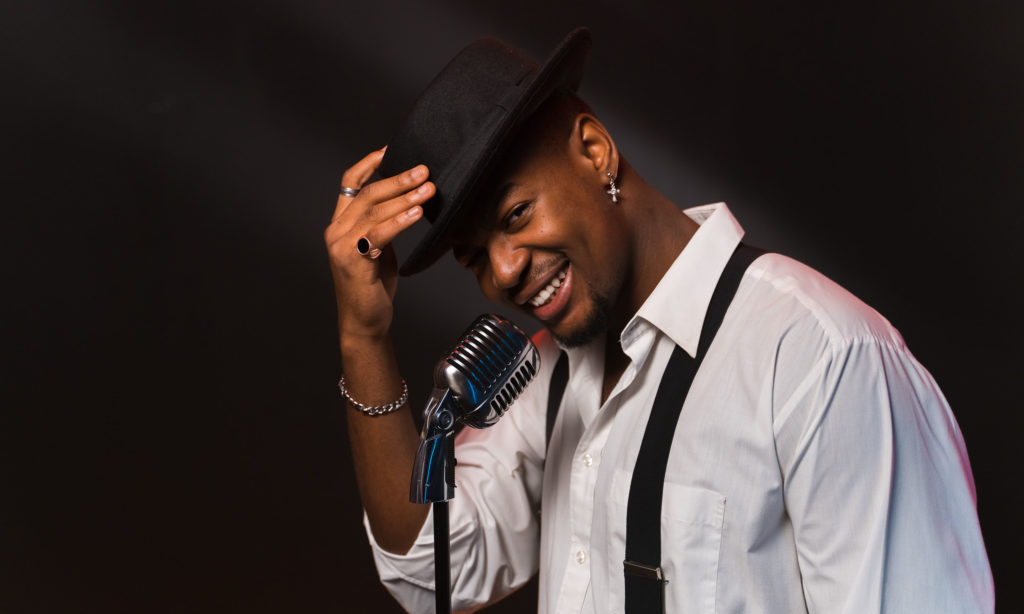
Take care of yourself
Modelling can be a demanding job, both physically and mentally. It’s extremely important to take care of yourself and prioritise your health and well-being. This includes getting enough rest, eating well, and taking breaks when needed. Don’t burn the candle at both ends especially if you also have another ‘regular’ job. Yes, you should try to be available for assignments whenever you can, but if you’re feeling overworked, speak to your agency and take a short break. No one will begrudge you a break from time to time.
Don’t give up
The last and final tip is a bit of a motivational one but an important one nonetheless. Becoming a successful male model takes time, hard work, and dedication so don’t get discouraged if you face setbacks or challenges – keep working towards your goals and never give up on your dream of becoming a male model. If you have the right attitude then we know you can make it.
If you’re a would-be male model who dreams of hitting the runways of high fashion events or gracing the pages of catalogues all over the country, then we want to hear from you. Get in touch with Hunter Talent today or apply to join us and let’s get your career started.

Influencer marketing is booming. In 2021, the global influencer industry was worth $19.4 billion and that figure is expected to grow to over $20 billion in 2022.
Even more impressive is the fact that 93% of marketers said that they used influencer marketing during the year. Needless to say, business is booming especially
for these Aussie influencers.
From fitness to healthy cooking, home improvement to pet ownership—practically every industry you can think of has seen an exponential increase in the number of influencers in its ranks. And this has led to every person and their dog (literally in some cases) dipping their toes into the world of influencer marketing. But that begs the question—is now a good time to get into influencer marketing?
In a word, yes. With the rise in popularity of influencers and influencer marketing now considered a bona fide marketing tactic that many brands budget for each year, now is actually the perfect time to get involved in the industry.
However, getting started isn’t quite as easy as posting some videos to Instagram with industry-specific tags and waiting for the likes and comments to start rolling in—if only it were that simple!
Becoming an influencer takes time and effort, but the good news is that with a little dedication, just about anyone can do it.
Here’s how you get started.
Pick your niche
For some people this is an incredibly easy step. For example, a surfer will obviously focus on anything that falls under the umbrella of surfing while someone who spends a great deal of time with their pet might promote pet products and services. These types of promotions would fit perfectly with these would-be influencers’ existing images and lend authenticity to their content.
It’s not the same for everyone though. Not everyone has a particular passion that fits neatly into an influencer category, but that’s fine. All you need to do is determine which niche is best for your image, your lifestyle, and even your strengths and skills.

Most influencers tend to fall into the following categories:
- Beauty
- Entertainment
- Fashion
- Food
- Gaming
- Health and Fitness
- Lifestyle
- Pets
- Sports
- Travel
- Tech
There are, of course, many other categories such as home improvement etc. and even subsets of those mentioned above. Generally speaking though, one of the niches above will fit most would-be influencers’ existing image.
Remember too that you don’t necessarily have to focus on one particular niche. You could be in sports but also enjoy cooking, or you could be a parent who also happens to be a pet parent too. Ideally though, you’ll have one niche that is your primary focus as marketers and brands tend to prefer influencers who specialise in their industry.
Select a platform
So you’ve chosen your niche and so now it’s time to get out there and blast your content across all platforms! Only that’s not always the best idea. This is because certain platforms work better than others depending on your niche.
The best example of this would be how a fashion influencer who relies heavily on imagery would primarily use Instagram over the likes of Twitter or even YouTube. A DIY influencer, on the other hand, might spend a little more time on YouTube particularly if they are sharing how-to videos.
That said, regardless of niche, Instagram has been the dominant force in influencer marketing for quite some time with as many as 78% of influencers using the Meta-owned platform as their primary platform.
However, there now seems to be a growing trend of cross-platform use among influencers. This is most likely due to the fact that social media users now have an average of more than 8 social media profiles compared to almost 5 back in 2014.
Your best bet is to do some research and try to find out where your niche’s target audience likes to spend their time on social media. Ideally, you’ll want to focus your efforts on 1-2 platforms.
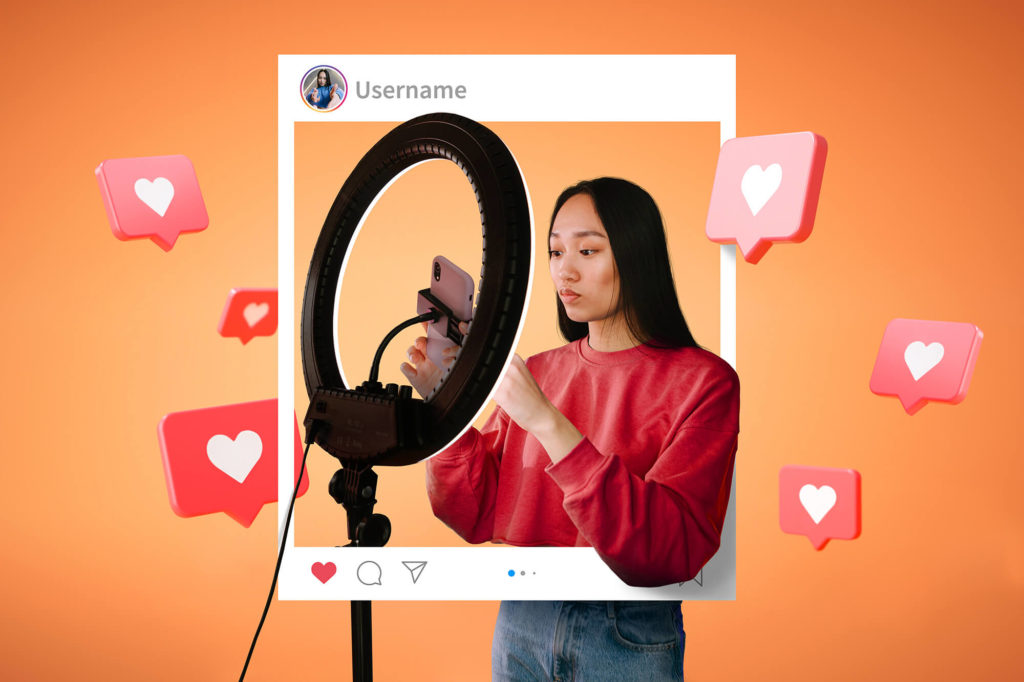
Understand your audience
A good influencer understands their audience and tailors their content accordingly. Simple enough in theory, but not always in practice. That’s where a social media platform’s in-built analytics tools can come in handy.
If you already have a following, you can take a look at your data to see who they are, their ages, what interests they mostly share, where they are from, and their genders if that is relevant. This kind of data will allow you to decide which type of content or what topics might most interest your audience.
Just remember that keeping an eye on this data is an ongoing process. As your following grows, you should keep tabs on how it is evolving and which segments of your audience engage with your content. And speaking of content…
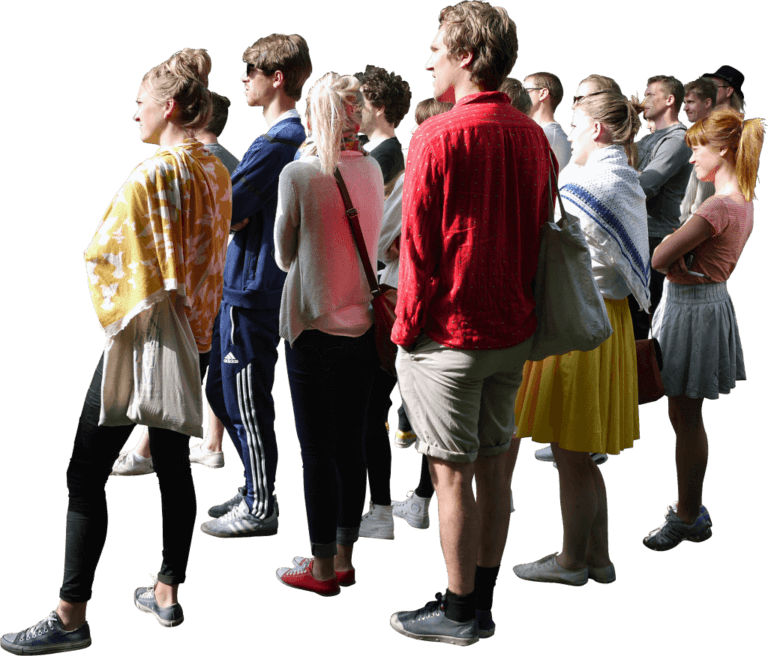
Don’t focus on followers, focus on content
Yes, having a large and loyal following is ideal, but that doesn’t mean that earning those follows should be the focus of your efforts. Instead, you should focus on creating unique and authentic content that sets you apart from other influencers in your space. Be yourself and embrace your uniqueness and those followers will come in time.
Coming up with the content ideas is all down to you and will depend on your niche. However, we can suggest that you create a content plan allowing you to keep all your ideas and plans in one place. This will also help you visualize how often you are doing certain types of content so you don’t become too repetitive or forget to produce types of content that are popular with your followers.
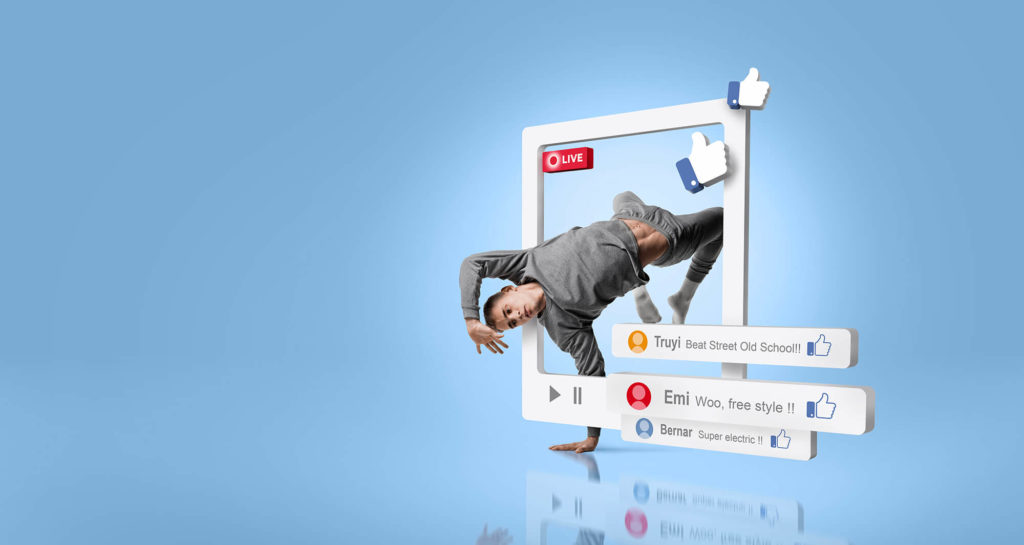
Be consistent
Consistency is key in many facets of marketing but particularly when it comes to influencer marketing. That’s because people like familiarity which is great for you as familiarity fosters trust and gaining your followers trust is the ultimate goal.
You can do this by being consistent in your content creation. This means sticking to those products and brands that are within your niche. It also means delivering your content on a regular basis and following a particular theme or using your signature voice. You can, of course, vary your content and the types of content you produce, but as we said, any content you produce should be recognisably yours.
You might also want to look into the various days and times of day that your target audience is most active and try to deliver your content during those times. This is where a schedule for your content plan will come in very handy especially if you can automate your profiles so that the content is published on time every time.
Be yourself
At the risk of being repetitive (we did say don’t do that, right?), we’re just going to remind you that authenticity is what people want. They want to see the real you talking about real things and offering your real opinion. If this means turning down partnerships with certain brands because they don’t fit with your image, then so be it. Your followers will be all the more loyal knowing that you are being yourself so stick with it and who knows where you might end up.
If becoming an influencer is your goal or if you’ve already built a loyal following, then we’d like to hear from you. Here at Hunter Talent, we help influencers connect with the right brands and companies that fit their image. Get in touch today or fill out our application form and we’ll get back to you as soon as possible.
If there’s one thing that the pandemic did for the modelling industry, it was to teach models and wannabe models that Instagram is a great platform for building a reputation for yourself.
And with more than 1.4 billion users, brands quickly realised that it’s also a great place to promote their products and services particularly during global lockdowns!
As a result, a new wave of work opportunities flooded the market and since then, Instagram models have been incredibly busy. But what does it take to become an Instagram model and isn’t it just the same thing as an influencer?

What is an Instagram model?
To put it simply, an Instagram model is someone who is paid to promote products or services on the platform. This could be pretty much anything, but, as you may have guessed, the fact that you are a model means that it’s often something related to clothing or accessories. After all, a model’s main selling point is their look, right?
Are Instagram models the same as Instagram influencers?
Not quite. There is certainly some crossover between the two niches, but there are also some differences. An influencer will promote anything and everything from cooking utensils through to beauty products. Of course, most influencers will niche down and only promote items that their audience is interested in, but the key point here is that it’s not really about how the influencer looks but what they are saying about something.
An Instagram model may do something similar with products that clients send to them. But as models, these products will, for the most part, be items of clothing, accessories, or perhaps beauty products. For fitness models, they may be actual fitness products such as equipment. Models may also push a product in the same way an influencer does, but it’s often more about how the product looks on the model that the client is interested in.
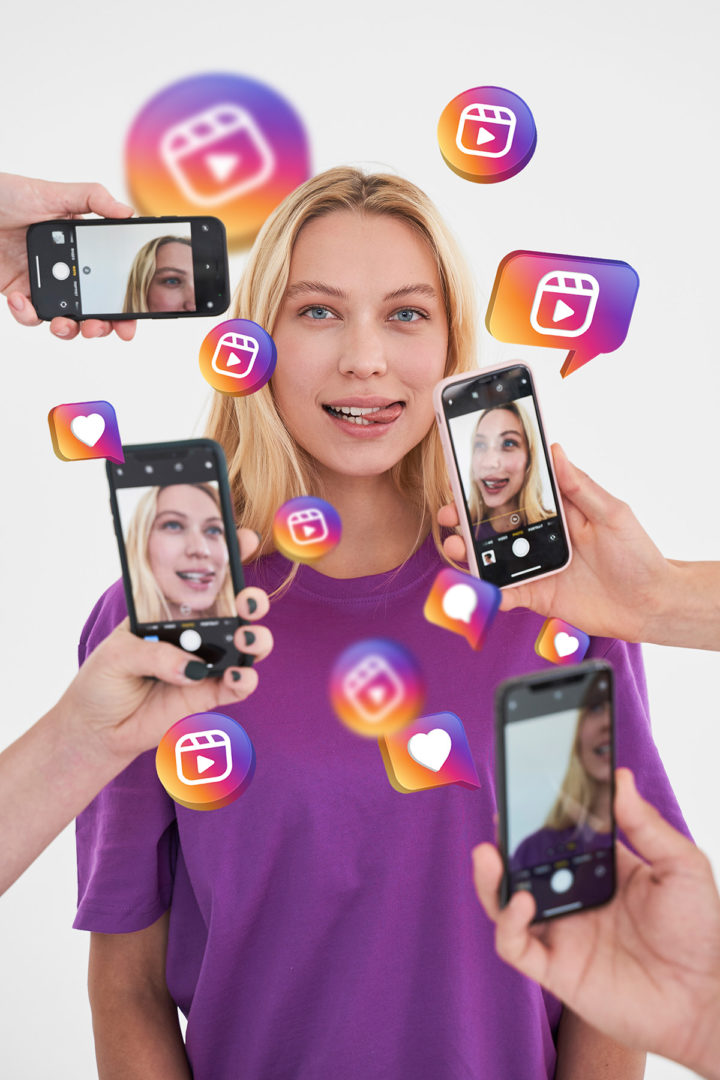
Is the market competitive?
Let’s be real here for a second. The truth is that the Instagram modelling industry is hella competitive, and we’re not overstating that in any way whatsoever. It now seems that every person with a few thousand followers has jumped on the Instagram model bandwagon and that means that brands can pick and choose from a seemingly endless list of Insta models.
And yes, you guessed it, that also means that you’re going to have your work cut out standing out from the crowd. Luckily for you, we have a few tips that should set you on the right path.
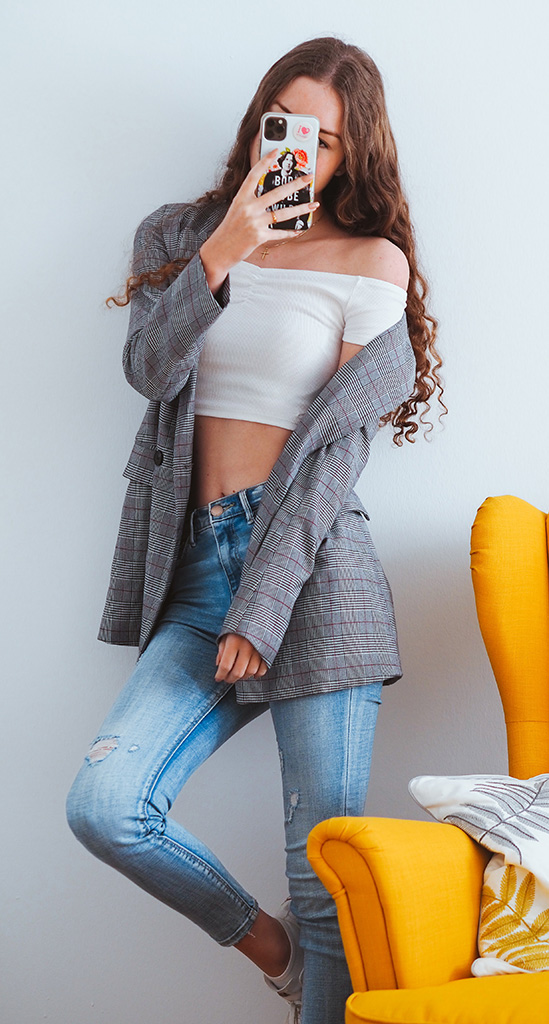
How to become an Instagram model?
The steps below won’t guarantee you success, but they will certainly give you a good idea of how to become an Instagram model and get paid, and let’s face it, getting paid is what it’s all about. There’s no point in posting amazing grams to your followers if no one is paying you for your effort. That’s just a hobby whereas you want a job. Here’s how you get started on that.
It’s all in the look
Instagram is a visual platform and brands that look for Instagram models want to know that the optics are good. Yes, it’s all in the look. So, with this in mind, you will need to think very carefully about how you want to be perceived as a model on the platform. That means planning your images and taking great care in your appearance in every single one of your grams.
Think of your Instagram feed as a portfolio because when you think about it, that’s precisely what it is.
They also want to see some consistency, so pick a vibe or particular style and try to keep that as your common theme throughout. If you’re carefree and happy, then there could be lots of light backgrounds and bright colours. Take your time to really think about this and make sure that it reflects who you are in some way.
Start acting like a model
As silly as it may seem, if you want to be paid as a model, you’ll need to start acting like one. That means practising your poses and making sure that every single one of your looks like it was taken by a professional. Now, this will take some practice, but you’ll need to learn how to take shots from all the right angles. There are ways that you can take a shot that will help to accentuate your best features. Learn what those methods are and stick to them for all your posts. Yes, even the ones of you posing with your dog 🙂
Create a bio that means something
Your Instagram bio is hugely important for attracting clients so make sure that you spend a little time creating yours. First and foremost it should say that you’re a model who is open to working with the right brands. It should also include some details about yourself and a way to contact you or your representation. There are many ways to make your bio impactful so why not take a look at some of the most successful Instagram models and see how they make use of their bios to attract business.
Build that following
You knew it was coming and there’s no getting away from it — a successful Instagram model will always have a significant following. We’re talking a minimum of 20,000 followers and even that may not get you too many gigs. The simple fact is that brands want their products to be seen by as many people as possible so they will have no interest in marketing to your 3k followers when they can market to ten times that by using another model.
However, as important as follower count is, we don’t want you getting too hung up on it at the outset. You need to focus more on creating model-like posts and less so on how many followers you have. Trust us, if you are consistent and make good use of hashtags, your follower count will grow. But as with all types of modelling, you’ll need to be patient.
One little trick that you can use to build your audience is to collaborate with another model or with a photographer. That way you will be exposed to their audience and maybe snag a few followers while you’re at it. But like we said earlier, until you hit that magic 20k threshold, you’re unlikely to land any paid gigs so collaborations are for sure the way to go.

If you’ve already hit that threshold and you’re looking for professional representation, then Hunter Talent would love to hear from you. Our clients are always on the lookout for fresh opportunities to promote their brands on Instagram and who knows, we could have just the right client for you. So get in touch today and let’s take your Instagram modelling career to the next level.
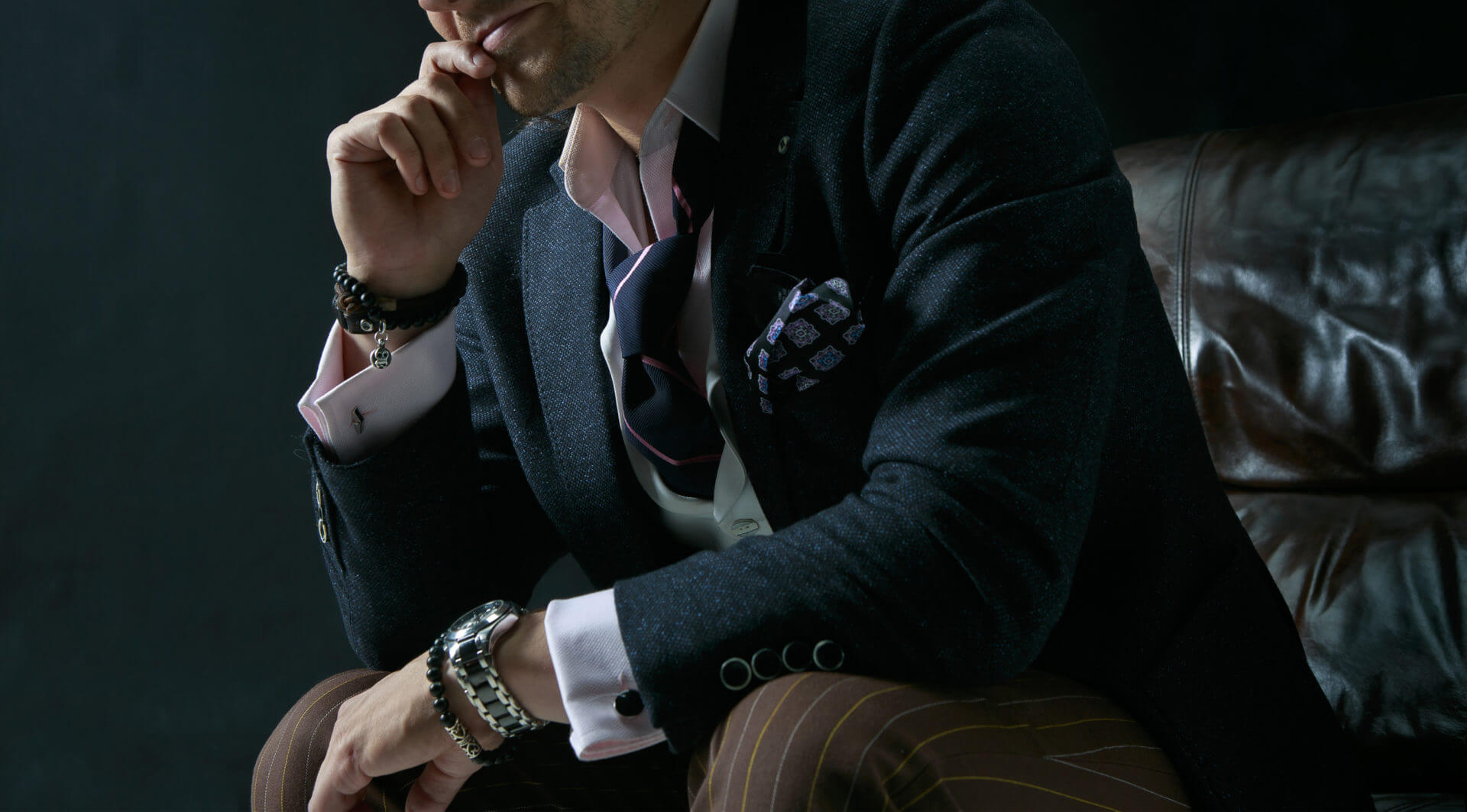
Landing a role as an actor is hard work. You’ve got to sign with an agency, hone your acting skills, get headshots, and that’s all before you’ve even been called in for an audition. As you may have guessed, it takes a lot of effort on your part and while your agent will certainly play their role in the success of your career, there is one other person that has a major part to play. We are, of course, talking about the casting director. The one person who has the power to make or break your dreams of Hollywood stardom.
We have in the past discussed the various ways that you can prepare for an audition so that you can make that amazing first impression. However, this time around, we’re going to take a look at the auditioning process from another perspective and answer the question — what do casting directors look for in actors?
But before we do that, let’s get to know the basics.
What does a casting director do?
A casting director’s primary task is to find suitable talent for a specific role. This can involve contacting agencies with briefs for the role, placing ads in local publications, and hosting casting calls and auditions.
Now, that all might sound very straightforward, but it’s important to note that there is a serious weight of responsibility sitting on the shoulders of a casting director. They’re not only responsible for finding suitable talent but that talent must be reliable and very good at their job. If they make a mistake and choose the wrong person, they may need to recast the role and that will take more time. And if you know anything about the entertainment industry, you’ll know that time is money.
How do casting directors find actors?
As previously mentioned, a casting director will usually go directly to a talent agency in their search for a suitable actor or actors to audition for a role. They will often send the brief for the role to multiple agencies but in some cases, they’ll head straight for their favourite agency first. This is why it’s always a good idea to sign up with an agency that has a solid client list and success in placing talent in roles.
The agency will then recommend the talents on its books that match the requirements of the brief or that the agency feels might be a good fit for the role. The casting director will then take a look through those talents’ portfolios to see if any catch their eye. As you can imagine, this is why we stress the importance of having your headshots done by a professional photographer. You only get one chance to make a first impression so it has to be a good one, right?
The casting director will then choose the talents that they want to see in an audition and the agency then informs the lucky talents of the opportunity.
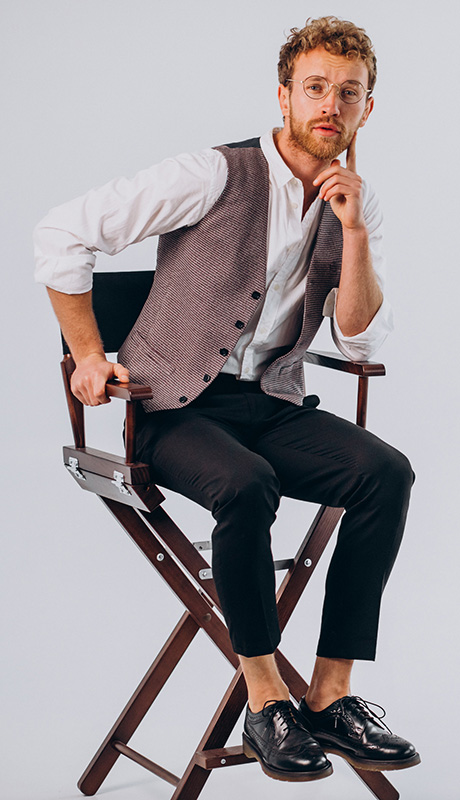
What do casting directors look for in actors?
Now, we’re getting to the juicy bits that all actors want to know — what do casting directors look for in actors?
When the casting director is going through those headshots and portfolios that the agency recommends, they’ll simply be making sure that the actor in question meets the requirements of the brief and perhaps has a certain look that the director or client may be looking for. They may look for experience in acting and will certainly take a look to see what skills the actors possess. However, a lack of experience doesn’t necessarily mean that they won’t consider calling an actor in for an audition. But they will hope to see that the actor has made some effort to learn some acting skills or improve those that they already have.
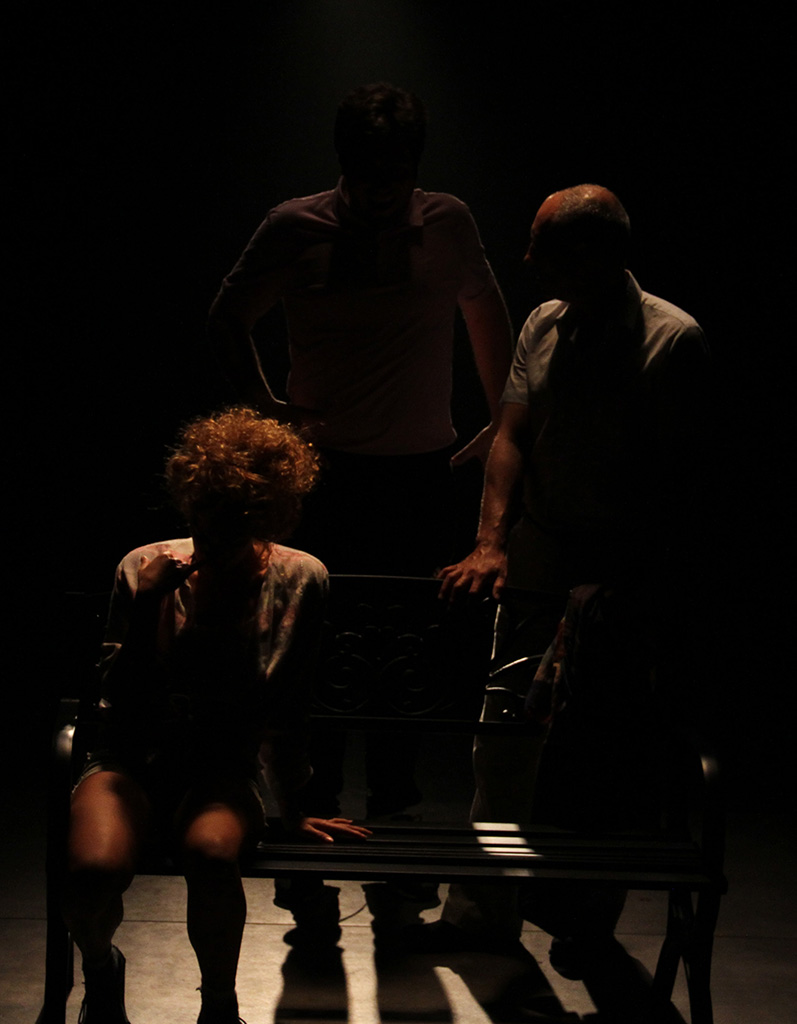
In the audition itself, the casting director will have some specific questions that they will ask or a few lines that they will expect the actor to perform. In some cases, they may simply ask the actor to perform a monologue of their own choosing so it always pays to have one in your back pocket. We can’t say precisely what the casting director will be looking for in relation to the role, but we can tell you some general things they’ll expect from every actor.
They’ll expect you to be:
- Professional
- Polite
- Enthusiastic
Nothing too surprising there but we will put a little emphasis on politeness. A casting director doesn’t just want to know that you can do the job but also that you will be easy to work with and take direction with a minimum of fuss. And don’t think for a moment that this only applies in the audition room. The casting director’s assistants will be around in the waiting room and will certainly take note of any actors that are disrespectful or rude in any way. We realise that this isn’t something that you might think is all that important to a casting director, but it is certainly something that is worth keeping in mind.
Do directors choose actors?
Just to clarify, we’re talking about the director of the production here and not the casting director and this is a question that we’re often asked. The answer really depends on the project and the director themselves. For example, a director for a TV commercial may opt to leave the final decision in the hands of the casting director whereas a director on a feature film will certainly want to have the final say on casting.
Either way, you can be sure that the casting director is basing their decision on the director’s requirements and input. For the most part, if the casting director is impressed with your audition and feels that you are a good fit for a major role, it will definitely help your chances even if the director has the final say.
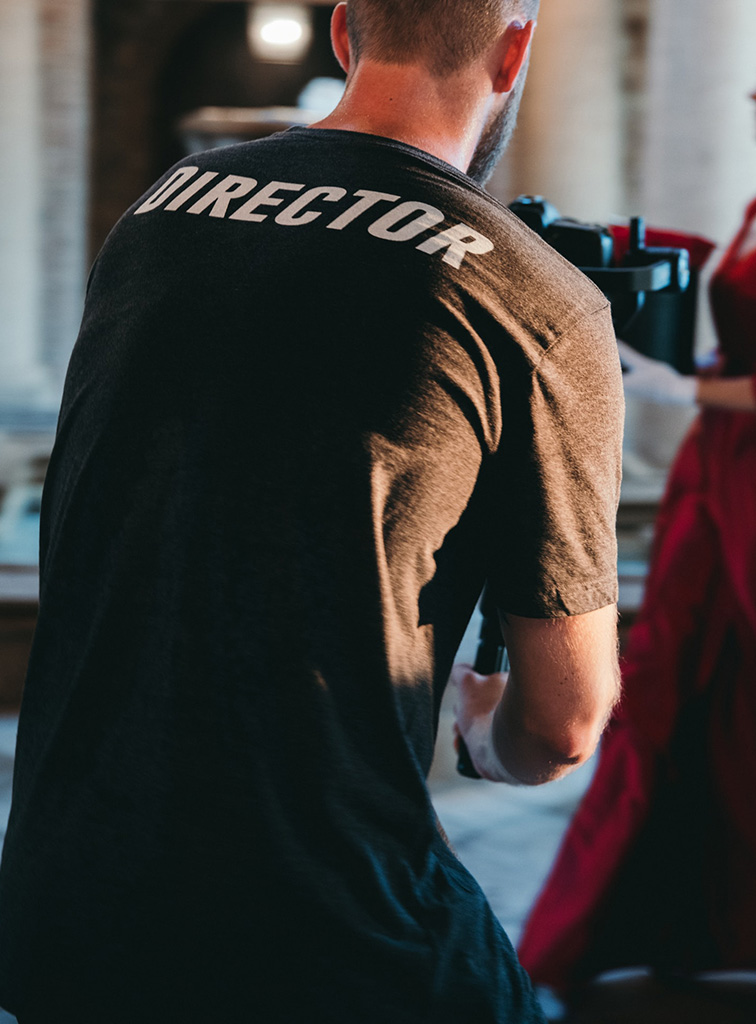
Whether you’re new to the industry or an old hand looking for a change in actor management, we’d love the chance to speak with you about your acting career. Get in touch with us today or go ahead and apply to join us here at Hunter Talent.
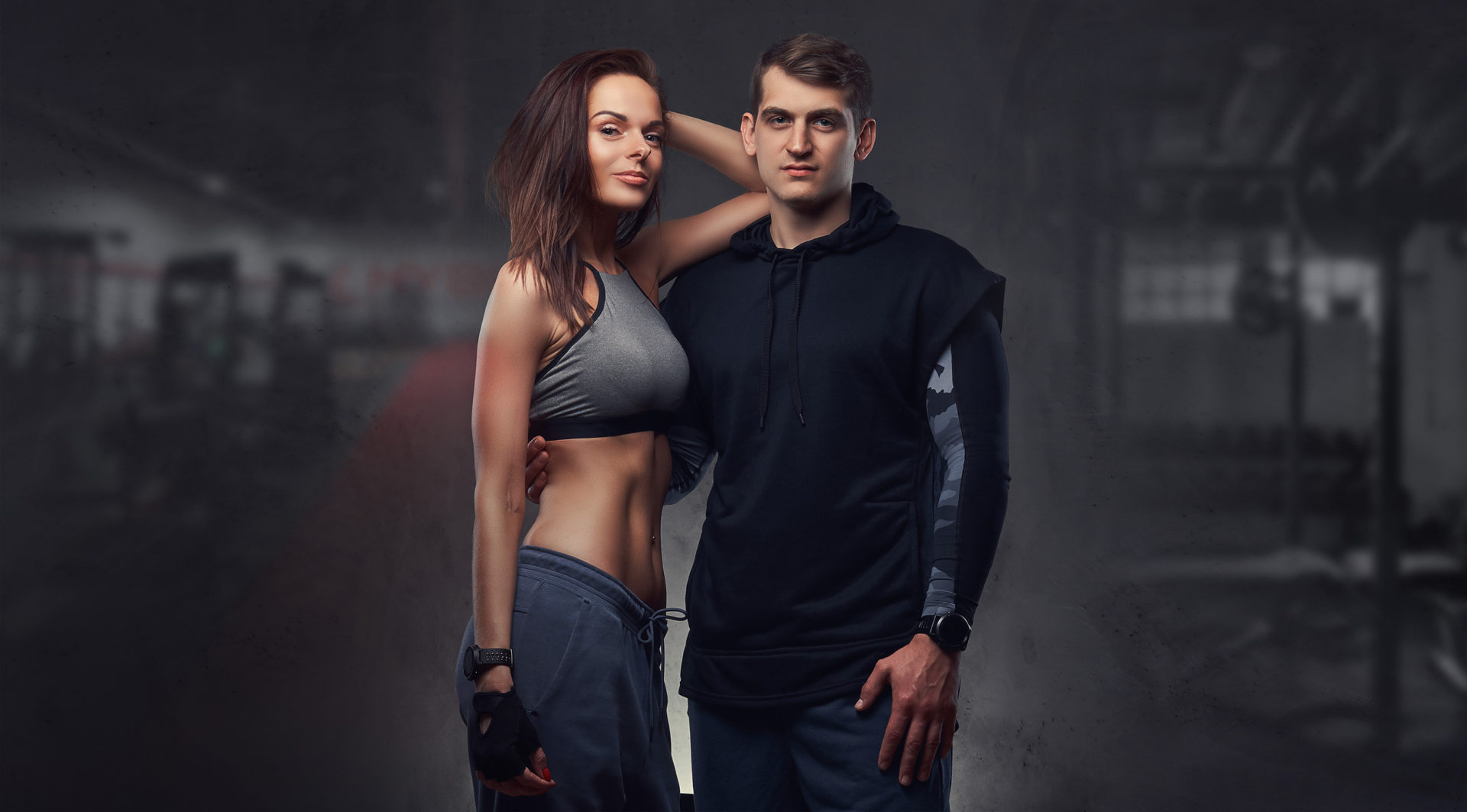
In recent years, we have seen a significant spike in demand for fitness models with more and more mainstream brands looking to tap into this ever-growing market. In fact, the lines between fitness wear and fashion have become somewhat blurred as staying fit and healthy has become a bit of an obsession with the general public.
Of course, this is great news for anyone who wants to become a fitness model as there’s plenty of work out there. But it’s not quite as simple as donning the old sweatbands and declaring that you’re now a fitness model — nope, there’s a little more to it than that.
Now before we dive into how to become a fitness model in Australia and beyond, let’s take a quick look at what a fitness model is and what kind of work they do. Just remember that whether you want to learn how to become a male fitness model or a female one, all the information below applies to you.
What is a fitness model?
A fitness model is someone who will model anything fitness related. This can be gym equipment, active wear, sports gear, or even hiking gear. They can even be called upon to advertise health products such as supplements or to promote fitness related events or activities. If it’s got anything to do with fitness or staying healthy, fitness models are usually the models that are called upon.
Unlike runway models, fitness models will do all kinds of modelling assignments. They may be hired to do a live event, appear in print campaigns such as catalogues, or they may even be asked to appear in TV commercials.
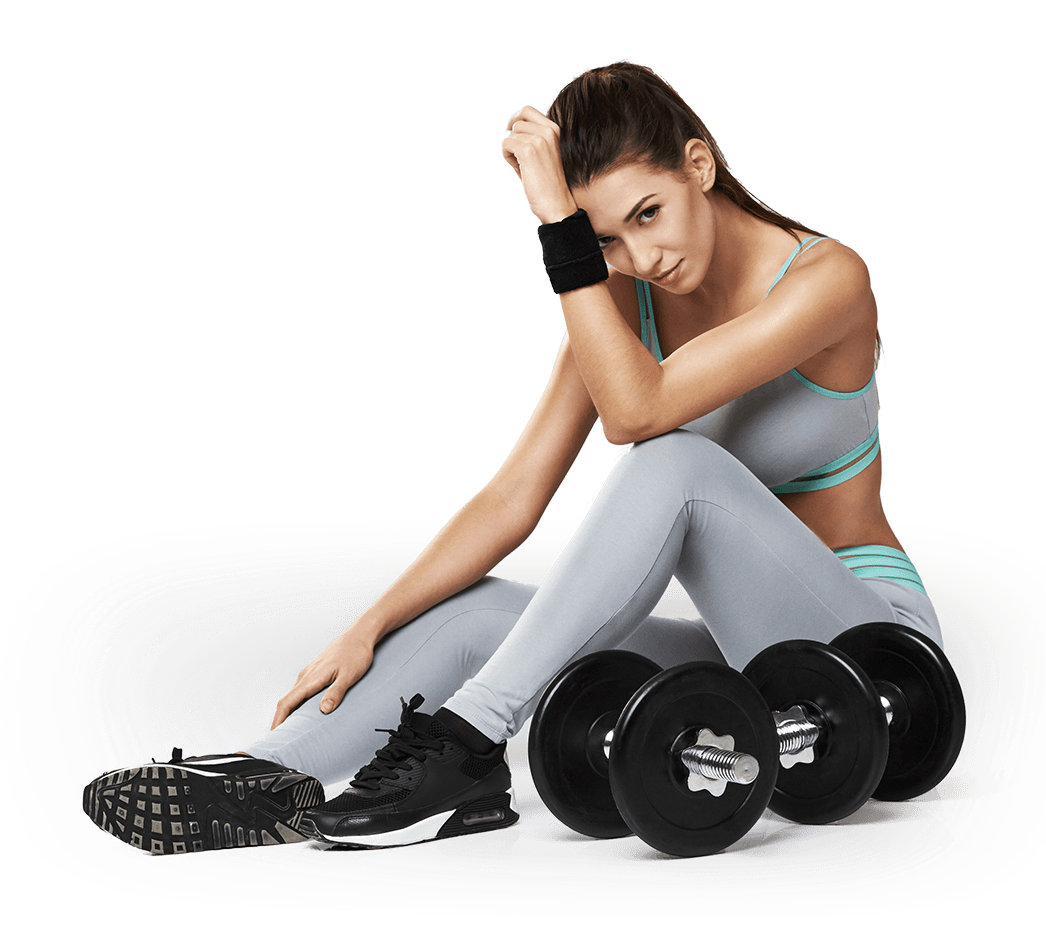
How to be a fitness model?
First things first, if you want to be a fitness model you’re going to have to meet some pretty tough physical requirements.
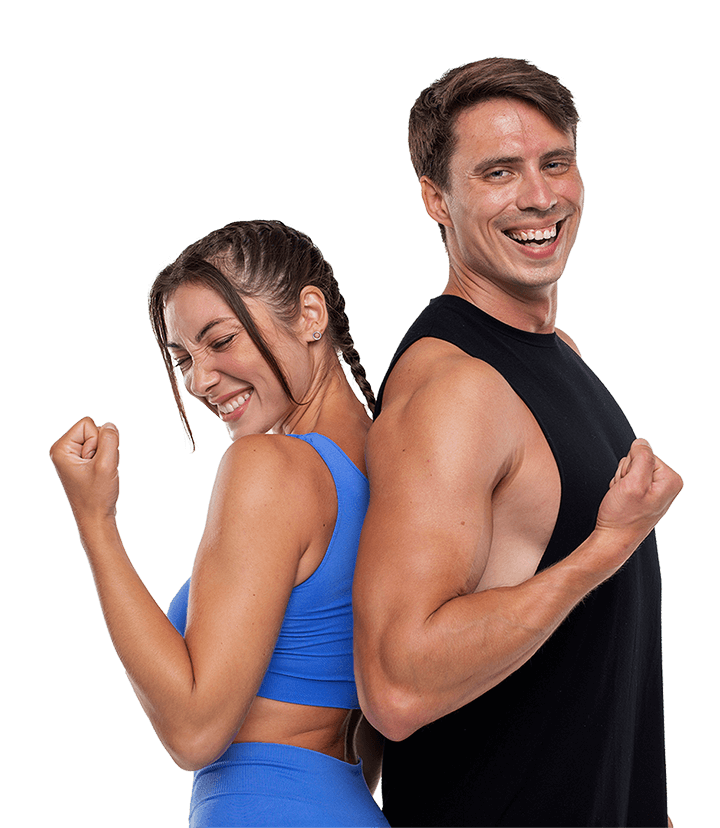
Physical requirements
As you may have guessed, fitness models need to be healthy and in great shape physically, but it’s not enough to be ripped. In fact, some fitness models aren’t all abs and biceps at all. However, they will usually fall into the following ranges for height and weight.
Female models – 5’8” or taller weighing around 59kg or less
Male models – 6’ or taller weighing around 77kg or less
The weight requirement isn’t too closely observed as people with more muscle mass can be heavier. What is important though is that you have minimal body fat. Unlike some other forms of modelling, fitness modelling is all about being in shape, so if you’re carrying a few extra kilos, chances are you won’t get too many offers in this niche.
By the way, if you’ve read our guide on how to become a runway model, you’ll notice that the height and weight requirements are quite similar. This is because these sizes tend to be industry standards for live modelling events and fitness models may be required to do some of these events. That said, fitness models who are shorter have made names for themselves so don’t discount yourself if you don’t quite meet the height requirements.
Steps for becoming a fitness model
Get in the right shape
Now you might think that you’re already in good shape and perhaps you are, but it’s important to know that fitness modelling is extremely competitive. That means that clients can have their pick of people who are all in peak physical condition.
But that’s not what we mean when we say to get in the right shape. Before you start looking for work, you’ll need to be happy with the shape that you’re in. If you’d prefer to have a little more muscle mass, then get started on that before you start trying to book assignments. The reason for this is that you’ll need to create a fitness modelling portfolio (which we discuss later) and this will need to be an extremely accurate representation of who you are. So if you have a six pack in your portfolio, a client will expect to see those abs when you’re booked for work.
So get your body to a place where you’re happy with it and try to maintain that physique.
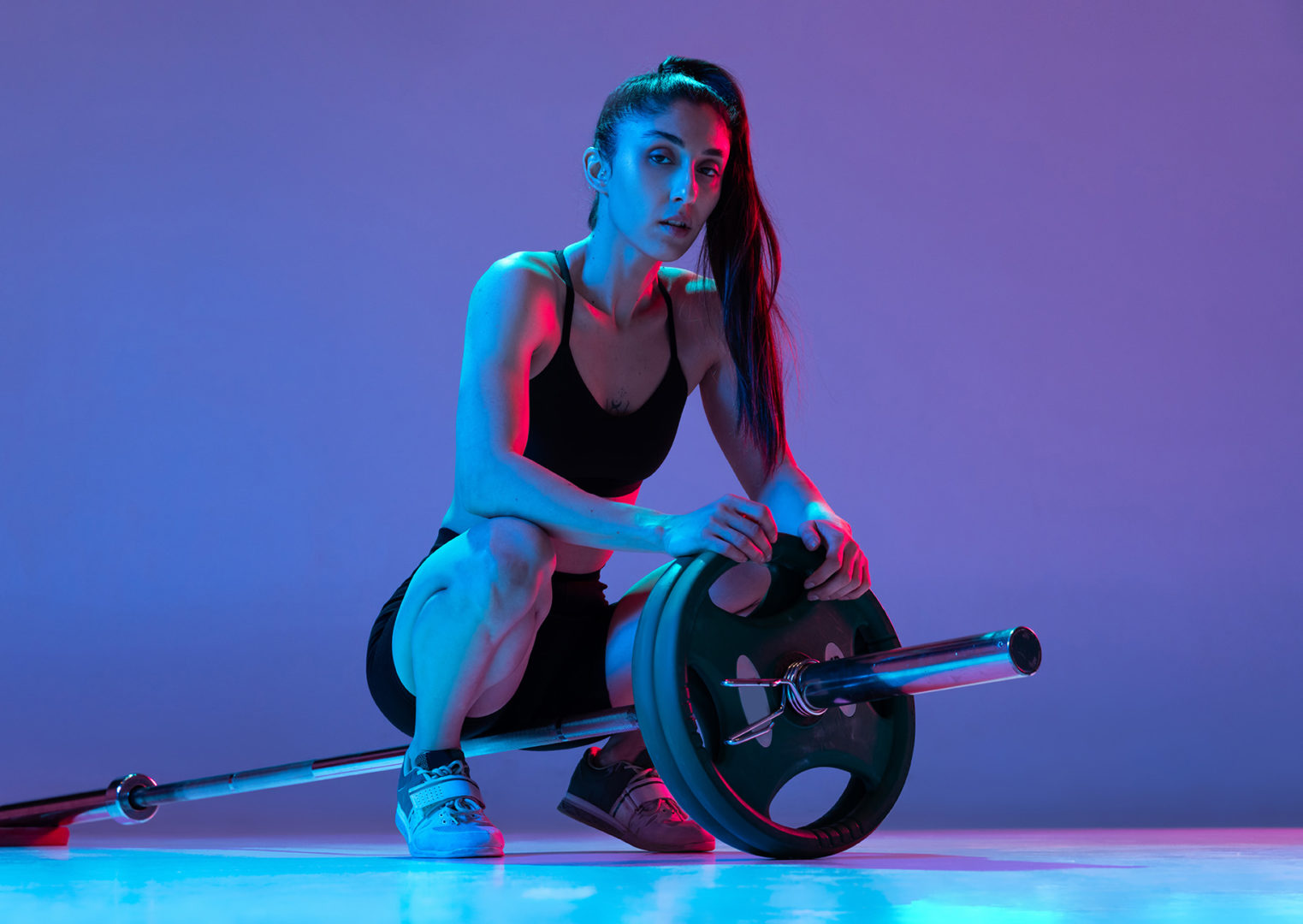
Don’t just focus on your body shape or muscle
Clients want fitness models that look fit which is pretty straightforward, right? But they also want a fitness model with healthy hair and skin and a winning smile. So while it’s important to maintain your shape, it’s just as important to keep your teeth healthy and take care of your skin. After all, fitness models usually promote healthy lifestyles.
Learn about the industry
Like we said earlier, fitness modelling is a very broad modelling niche and can take you on all kinds of interesting and exciting paths. So before you dive in headfirst, learn as much as you can about the fitness industry in general. This will help you decide what particular aspects of fitness modelling you enjoy and might be best suited to.
Create a fitness modelling portfolio
No matter what type of modelling you take up, a modelling portfolio is an essential piece of kit. It’s a client’s first opportunity to see what you have to offer and so it’s crucial that yours makes the right first impression. For fitness models, this is even more important because your body shape and muscle tone are often deciding factors for booking an assignment. This is why you absolutely must make sure that your portfolio is shot by a professional photographer and preferably one with fitness photography experience.
And one more thing — your portfolio must be accurate. As a fitness model, you need to maintain the same physique that is in your portfolio or update your images if you go through any significant changes in muscle mass.

Find a great agency
Finding the right agency is one of the most important steps you can take for any type of modelling as how you are represented play a vital role in how many opportunities you get. But don’t just sign up with the first agency you come across (even if it is Hunter Talent!) Instead, you’ll want to check out a few agencies and see what kind of work they have done in the past. A good agency will have a solid list of clients that they have worked with and while not all will need to be clients in the fitness industry, a few household names would be nice to see.
Most important though is how you feel about the agency. It’s always good to feel respected and valued. So if you’re not getting that vibe in your initial chats, try a different agency.
Now we’re not for a second going to suggest that becoming a successful fitness model is as simple as following these steps. You’ll have to put a lot of hard work in and learn to be thick-skinned when people talk about your body. But if you do put that work in and maintain your physique, there’s a good chance that you can start booking work because like we said earlier, this is a modelling niche that is extremely busy.
If you’d like to become a fitness model but have yet to sign with an agency, then we’d love you to get in touch with us. We’re always on the hunt for fresh fitness talent and you might just be exactly the model that one of our clients is looking for. So go ahead and apply to join us today, we can’t wait to hear from you.
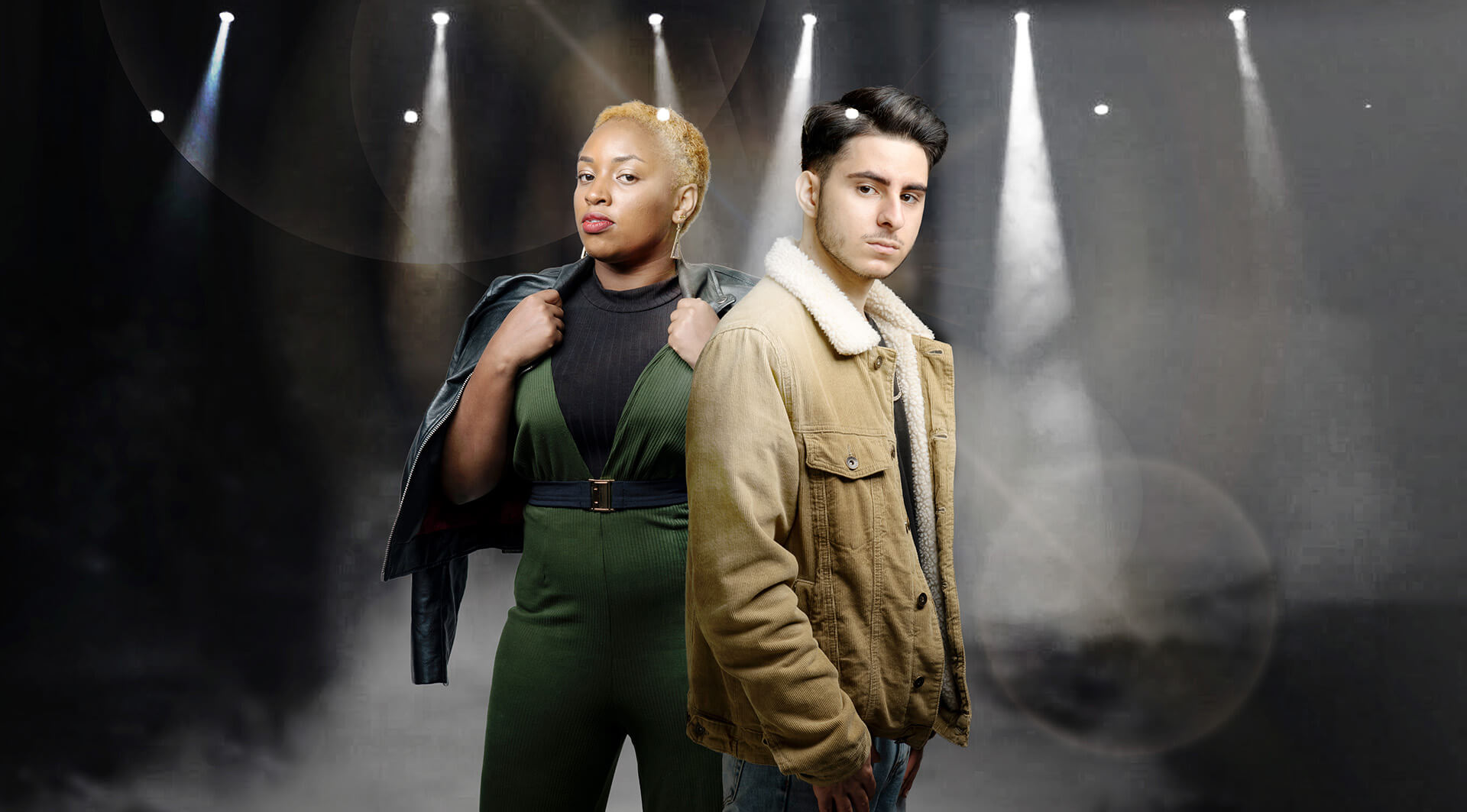
When an aspiring model dreams of their future, more often than not those dreams include a walk down the runway at one of the major fashion shows around the world. But making that dream a reality takes a lot of hard work and a little good fortune along the way.
Luckily for you, the team at Hunter Talent has worked with models who have lived that dream. And while we can’t guarantee that we can make a runway model out of you, we can set you on the same path as those who have been there and done that.
The steps listed below will not only put you on that path but will also give you an idea of what it takes to succeed in runway modelling in Australia and beyond. But before we talk about how to become a runway model, let’s answer a very basic question first.
What is a runway model?
To put it simply, a runway model is a model who primarily works at fashion events where they will model new clothes and accessories from either one designer or a variety. While runway models will also sometimes do print campaigns or catalogue work, their main focus is on live runway modelling at these events.
Also known as catwalk models, many runway models start working in the industry at quite a young age. However, that doesn’t mean that there’s no runway modelling work for older models. After all, runway models can come in all shapes and sizes or be of any age, but we’ll get to that later.
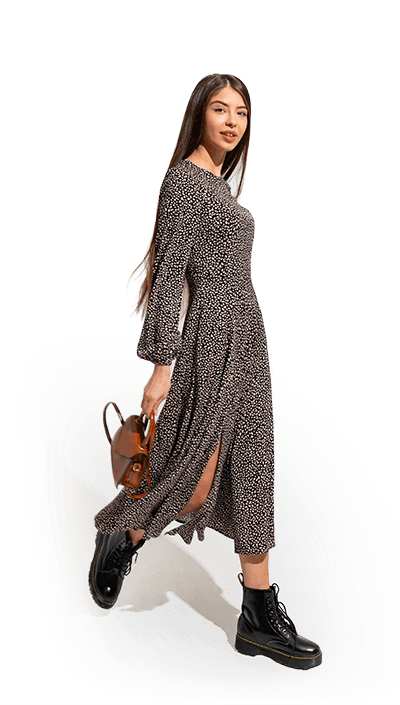
How do I become a runway model?
There are some basic steps that you’ll need to follow before you can start working as a runway model. But before we get to those, let’s take a look at the typical physical requirements for runway modelling.
Physical requirements
If you guessed that most runway models are tall and slim then you’re not wrong. However, as the industry embraces diversity, we are seeing many more shorter models take to the runway as well as plus-sized models both male and female. That said, shorter or plus-sized modelling is considered a niche by many fashion designers and clients. This means that clients who are looking for general runway models will request that they fall within certain height and clothing size ranges.
The reason for this is that designers will typically create outfits in a size that will need minimal alterations to fit runway models.
Generally speaking, these requirements are:
Female models – 5’8” or taller weighing around 59kg or less
Male models – 6’ or taller weighing around 77kg or less
Like we said though, you can fall outside of those requirements and still get work. It’s just that opportunities for runway modelling outside those ranges are harder to get.
Steps for becoming a runway model
Stay healthy
This should go without saying and to be honest, it’s true for all types of models and not just runway models — staying healthy is key to your success. Now, we’re not just talking about cutting down on all those morning coffees and we’re certainly not talking about skipping meals or anything like that.
A good runway model will eat a healthy and balanced diet and limit their intake of junk food. They’ll also get enough exercise and sleep each and every day. That’s all there is to it.
Learn to walk
Yep, you may have done this back when you were about 12 months old, but you’ll need to do it all over again if you’re going to be successful at runway modelling.
You’ll need to learn to walk like a model. This is harder to do than it seems so you may need to watch a lot of YouTube videos and record yourself or watch yourself walking in a full length mirror. Do whatever it takes because this is an essential part of runway modelling that you simply cannot skip. Walking like you’re out for a stroll simply won’t do.
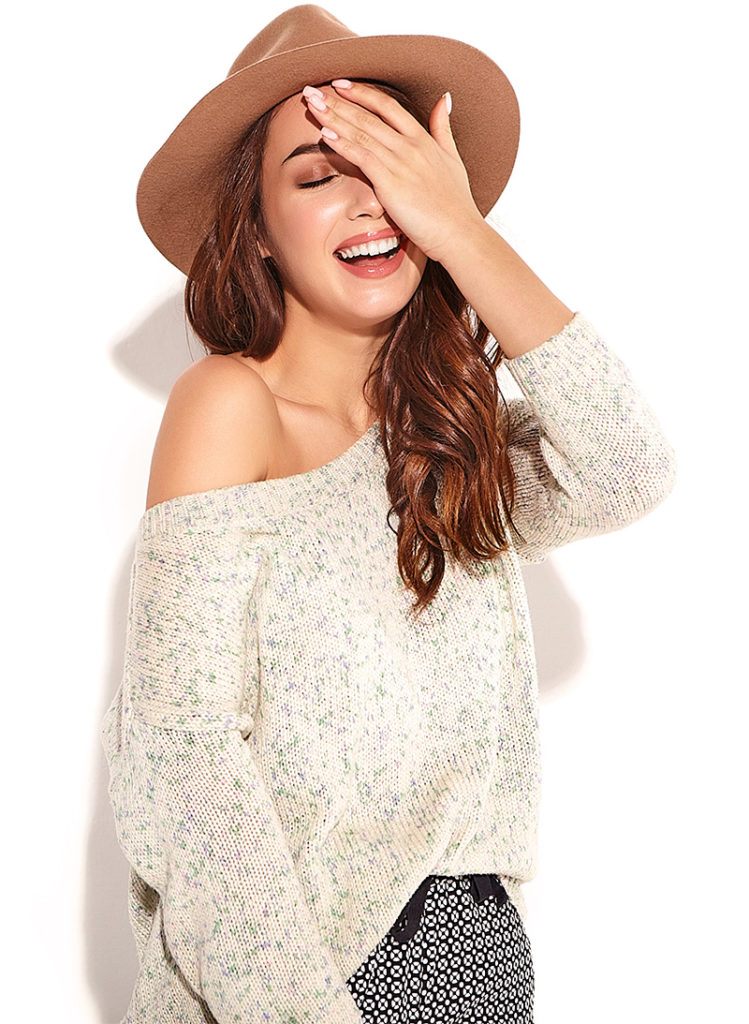
Practise your poses
Now we’re not expecting you to come up with a ‘Blue Steel’ look like Ben Stiller in Zoolander, but you will need to have some basic poses down to a tee. If you’ve ever watched a runway show you’ll know that at the end of the runway, the model will stop and strike a pose.
You’ll need to perfect a few different types of poses so that you can pull them out without even thinking about it. And yes, that takes practice.
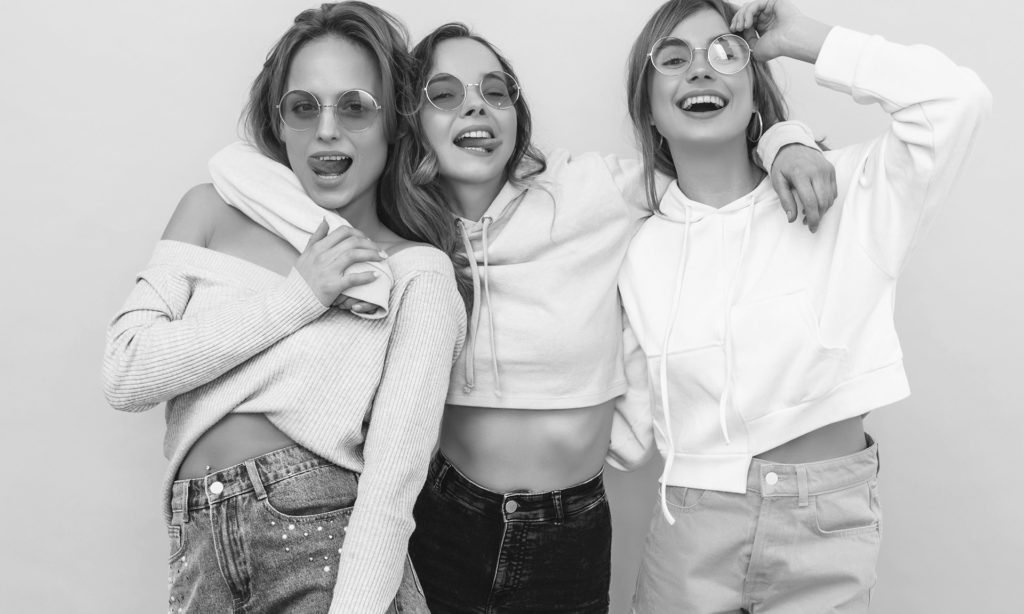
Create a modelling portfolio
A modelling portfolio is a client’s go-to point of reference for model castings. If you don’t have one, you have no chance whatsoever and that’s just a fact. With this in mind, you’ll need to make sure to create your modelling portfolio ASAP and that it has everything that a client or photographer expects to see.
Study up
And by study up we mean join a modelling class, read some books, or use the free resources (like this blog) that you’ll find online. Remember what we said about YouTube videos earlier? Well, they are a great way to learn all there is to know about modelling if you don’t have time for structured classes.
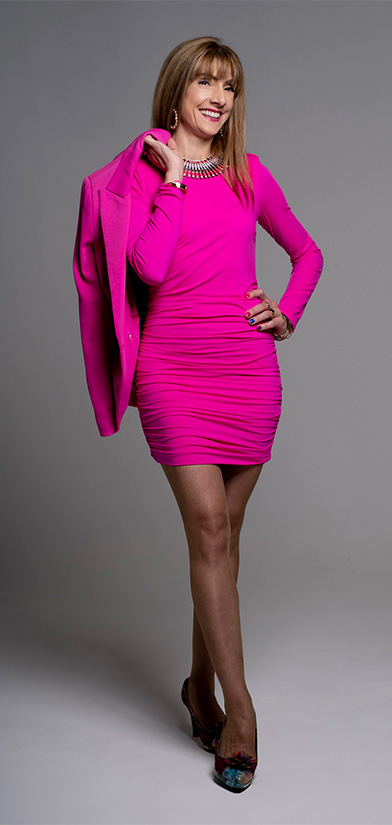
Sign with an agency
We may sound just a tad biassed here, but we’re going to go ahead and say that this is the most important step in your career as a runway model. Finding an agency that has a good reputation and an extensive network of industry contacts is crucial. Pick the wrong one and your career could be over before it even begins. Yes, it’s that important.
Do some research and ask any models you may know for recommendations. Then give a few agencies a call to see what kind of feeling you get from them. Your gut instinct is often right about these things so see what kind of vibe you get from the agency and go from there. Just remember that the agency must have a proven track record of working with big names in the industry.
Be thick-skinned
Almost as important as choosing a runway modelling agency is learning how to be thick-skinned. You see, as a model you will face a lot of rejection and that’s perfectly normal for this industry. Some clients will have a very specific look that they’re after and you may not be it.
But you’ll also need to learn to listen to people talk about your appearance in a matter of fact way. And sometimes this might feel like it’s taking a negative slant. For example, a client or photographer might talk about your cheekbones being too pronounced or your hair being the wrong colour for a show. Just remember that this is not personal, they are merely stating facts about how your appearance may or may not suit a project or event.
And there you have it — our straightforward steps on how to become a runway model. Of course, as we mentioned earlier, following this advice won’t guarantee you success as a runway model, but it will certainly put you the right path.
If you’re interested in becoming a runway model and are in need of professional model management, then look no further. We’d love to hear from you regardless of your size, height, or age as not only do we get requests for typical runway models but we often have briefs looking for diverse models too. So get in touch or apply to join us today and let’s talk about your runway modelling career.
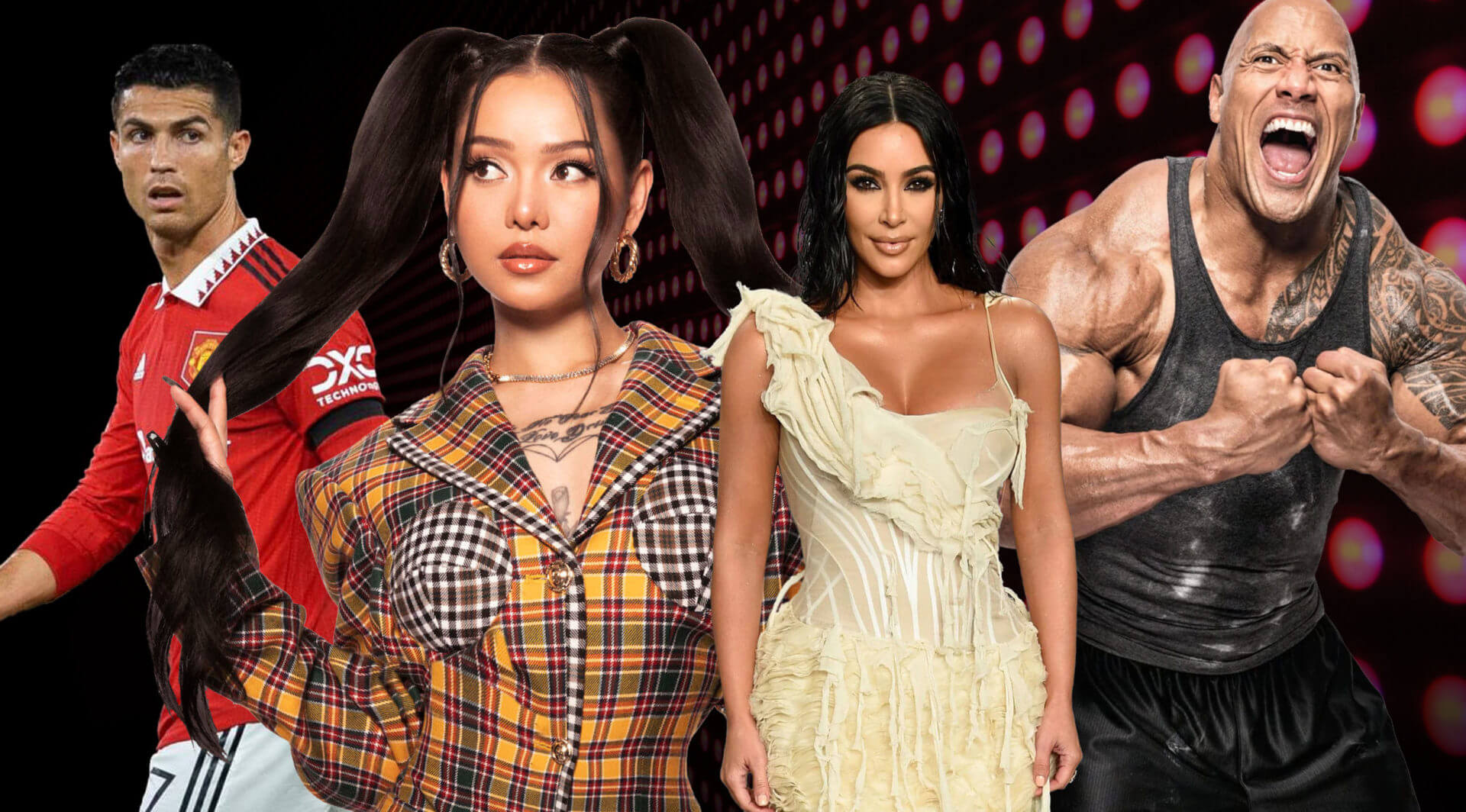
Long before the pandemic struck, social media influencers were already on the rise. But when everyone was locked down and looking for new content to consume, their popularity skyrocketed. It’s an industry that is worth an estimated $20 billion and that figure is growing exponentially.
But did you know that not all influencers are cut from the same cloth? Sure, you probably already know that there are influencers who target certain niches like fitness influencers. Then there are those that target certain platforms like TikTok influencers. Yet there are also people called micro influencers and even mega influencers too.
And that’s what we’re going to discuss here — the difference between the likes of micro and mega influencers and which type would suit you best.
So if you’ve ever asked yourself the question “What are the different types of influencers?” then you’re in the right place.
Misconceptions About Different Types of Influencers
By far, the biggest misconception about influencers is that bigger is always better. Many people make this mistake because they compare influencers to other industries where the more successful you are, the more followers you have.
In fact, quite a few of the top social media influencers in the world only became famous by accident after establishing a successful career in another area. Of course, many of these people have humongous followings, but like we said, it’s important not to compare.
Believe it or not, some of the most skilled and successful social media influencers have no desire to appeal to larger audiences. Their game is all about high levels of engagement from followers that are passionate about their niche.
So, don’t assume that a small following means an influencer is unsuccessful. It can be quite the opposite and you’ll see why a little later.
Mega and Celebrity Influencers
Mega social media influencers have the largest audiences. There is no exact and official rule about how large an audience has to be to make someone a mega influencer versus a macro, micro, or nano influencer. Generally speaking, they’ll have at least a million followers. So it’s no real surprise that celebrities, for the most part, fall into this category.
One of the most important things to understand about mega influencers is that it is not possible to be a mega influencer for every possible niche or audience.
Depending on your niche, there may not even be a million people in the whole world who are interested in your content. This just means that many influencers will pretty much never become a mega influencer based on their choice of niche. And that’s perfectly okay.
Now, if you’re really after that mega status, then you’ll have to accept that it may take years to reach that level and more than your fair share of good luck. This is because mega influencers tend to focus on the most popular topics and niches which means that there’s a lot of competition out there.
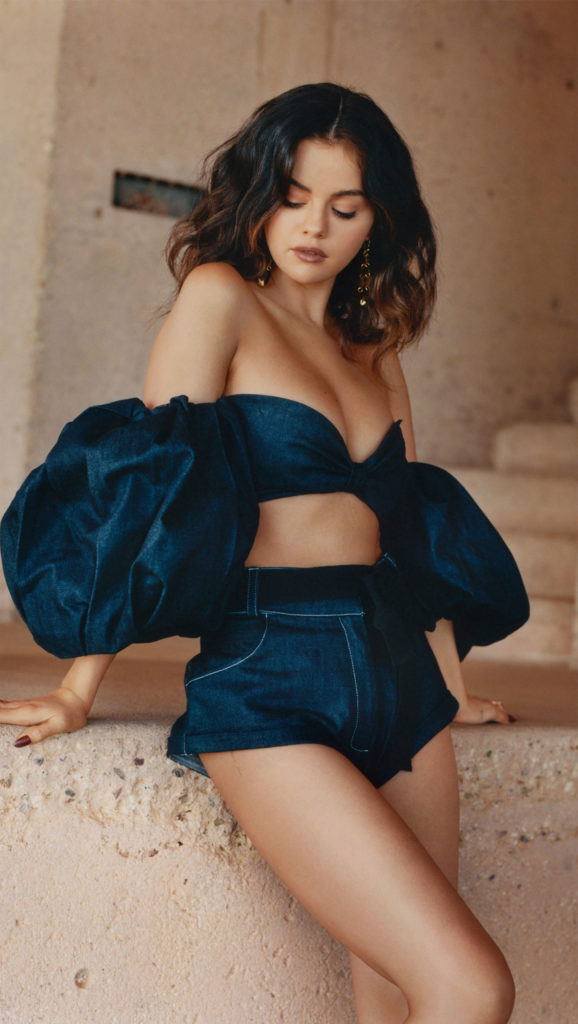
Macro Social Media Influencers
Once you have a reasonably-sized following, consider connecting with collaborators. After all, it’s better to view others in your niche as collaborators rather than competitors. This is because combining your audiences can help both of you to achieve your respective goals. Of course, you may not want to collaborate with someone who is doing exactly the same thing as you, but it would certainly be a good idea to create some content with someone who is in your general niche.
Ideally, you’ll be collaborating with businesses (and getting paid to do so) in the not too distant future, but you’ll need to build up that following before a business will take a punt on working with you.
Micro Social Media Influencers
Micro influencers have audiences of 10,000 people or more. Although it is difficult, it is sometimes possible for these influencers to know a significant fraction of their audience in a more intimate way.
Because they have a more intimate connection with their audience, micro influencers have to have a different kind of skill set. They need to be able to focus on depth with their audiences more than just appealing in one way or another to as many different people as possible. Followers of micro influencers tend to be very engaging and often trust their influencer completely.
Nano Social Media Influencer
Nano influencers have the smallest audiences. Their audiences range from 1,000 to 10,000 people. With such a small audience, it’s possible to know almost everyone in your audience in some small way. In fact, nano influencers often have great relationships with their followers and if you think a micro influencer’s followers engage a lot then you’ll absolutely love nano followers.
Nano audiences are amazingly dedicated to their niche and will comment on everything that is shared. They feel very strongly about the influencer’s content and will support them in every way possible. But, and it’s a big but, a nano influencer must know exactly what they’re talking about. There’s no winging it as a nano influencer. You’ll get called out for your lack of knowledge pretty quickly.
Nano influencers are less like celebrities and more like community leaders. They have the opportunity to design a unique culture. In some cases, it’s this unique culture that attracts people even more than the niche itself!

So now you know what the different types of influencers are, you’re better equipped to decide which will suit you best. This is also a great help when deciding on a niche as you’ll have a better idea of what you can realistically achieve based on whether influencers in your niche are mega, macro, micro, or nano influencers.
Once you’ve decided which niche to target, it’s all about building up your presence and creating your content. Check out our simple step-by-step guide to becoming an influencer which will put you on the right path. And remember, when you start making some waves in your niche and are thinking about getting some professional representation, get in touch with us here at Hunter Talent. The chances are, we have just the right client that will suit your personal brand.

Did you know that social media is one of the fastest growing markets on the planet? Or that the intrinsically related niche of influencer marketing is growing almost as fast? Well, now you know. As of today, the influencer marketing industry is worth an incredible $20 billion dollars, and as you can imagine, this makes it a highly competitive industry.
So if you want to compete with some of Australia’s top social media influencers, you’re gonna have to bring your ‘A game’. And that means getting off to the best possible start. With this in mind, we’ve created this simple step-by-step guide that includes our top social media influencer tips for getting started in the industry.
Trust us, if you want to know how to become a social media influencer, you’re in the right place.
1. Choose the Right Niche for Becoming a Social Media Influencer

People dream of becoming an influencer that reaches millions of people across the globe in just a few short months. But let’s be realistic — that kind of career trajectory happens to the very few and the very lucky.
So instead of trying to pick a niche that you think will be super popular and pull in followers by the thousands, instead think of a niche that you are passionate about. It could be fitness, pet care, cooking, or even DIY. Of course, those particular niches are incredibly popular and so extremely competitive.
So you might want to narrow it down even further to one specific aspect of a general niche. For example, you could focus on baking with fruit or DIY with wood. Then again you might go for something that is completely off the radar such as massage for pets.
Whatever it is that you choose, try to make it something that you are either passionate about or have a lot of experience with. That way, you can speak with authority on the topic.
Just remember that you do not need to be afraid of choosing the wrong niche. If you get into a niche and it is not working for you, just go ahead and choose something else.
2. Experiment With Social Media Platforms
Once you have decided on your first niche, you’ll need to figure out which platform to work with. Facebook may be the largest social media platform, but that doesn’t mean that it’s the right choice for you. Same goes for TikTok or Instagram.
Now, your choice of niche could have a significant impact on your choice of platform. If you’re targeting an older demographic then Facebook might be a better option. However, if your target audience is quite young, then TikTok could be the right choice. So take a look at people who are doing something similar in your niche and see which platform they get the most engagement on. Chances are, that will be your best bet.
And don’t be afraid to work on multiple platforms. Most influencers will focus on one main platform but then share their content on other platforms. This is why you often see a ton of TikTok videos shared as Reels on Facebook.

3. Target a Specific Audience
Remember it’s quality over quantity in everything you do as an influencer. And that even extends to your followers. While having a following that numbers in the hundreds of thousands or even millions might look impressive, it’s all about how those followers engage with content.
So this is why we suggest that you narrow your focus to a specific target audience. Instead of trying to please everyone with content that appeals to a general audience, laser target your content to the audience that you know is most likely to engage. That’s because these are the people that will punch in those credit card details when eventually have something to promote in the future.
Think through the demographics of your ideal audience. Think through what they pay attention to and what their challenges are. Keep learning about them and create content that speaks directly to them.
4. Put Together a Publishing Schedule
Once you have ideas for that high-value content you know your audience is going to love, it’s time to decide when to publish it. If you publish your stuff haphazardly, you’ll minimize its potential impact and that’s the last thing you want to do.
Learn about your niche and audience. Put together some ideas about the times that they are most active on social media. For example, if you’re targeting stay-at-home parents, then the middle of the day when kids are taking a nap might be your golden hour to hit publish.
It will take time to nail this down so don’t be afraid to experiment and see which times get the most traction for your content. Within a few short weeks you’ll know exactly when to share and at that point you can automate your publishing schedule.
5. Use Social Media Influencer Strategies
Once you have all the basics that we mentioned above sorted, you’ll need to focus on generating traffic. As you may have guessed, influencers have developed many strategies to make this happen.
You can follow the latest hashtags and use them to increase your visibility. You can set up a chatbot to engage with your audience. And as we mentioned above, you can figure out what time of day people are most likely to view your content.
Keep trying different strategies and in time you’ll be able to focus on the ones that bring you the most success.

6. Consider Collaborating
Once you have a reasonably-sized following, consider connecting with collaborators. After all, it’s better to view others in your niche as collaborators rather than competitors. This is because combining your audiences can help both of you to achieve your respective goals. Of course, you may not want to collaborate with someone who is doing exactly the same thing as you, but it would certainly be a good idea to create some content with someone who is in your general niche.
Ideally, you’ll be collaborating with businesses (and getting paid to do so) in the not too distant future, but you’ll need to build up that following before a business will take a punt on working with you.
7. Invite Your Audience to Engage
Social media is already designed for audiences to engage in certain ways — it’s what the entire industry is built on. So ask your audience to engage. Ask them questions or ask for suggestions for content. Do whatever it takes to get them commenting or sharing your content. These engagement metrics are what businesses will want to see when they’re looking to collaborate with you.

As you can see from the tips listed above, knowing how to become a social media influencer and get paid requires quite a bit of experimentation. So don’t be afraid to try different things aside from our suggestions above. Eventually you’ll find your groove and what works for you best in terms of your brand and engagement with your audience. Once you’ve got that nailed down, it’s just a matter of keep on keepin’ on.
Stick with it, and when you’re at a point where you feel like you’ve got an active and engaged following, get in touch with the team here at Hunter and we’ll see if we can connect you with some of our amazing clients.